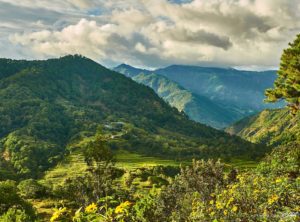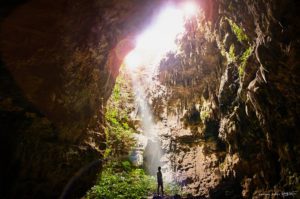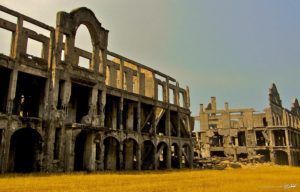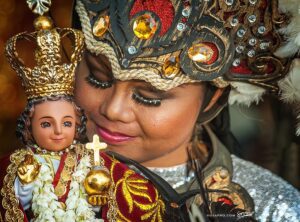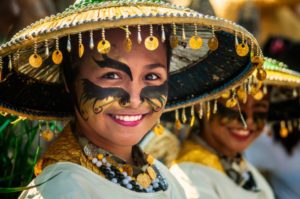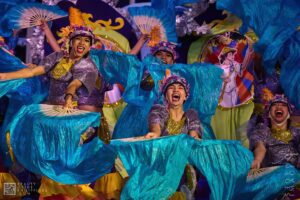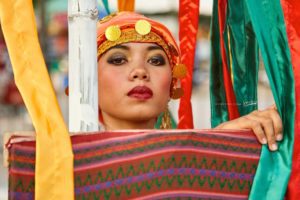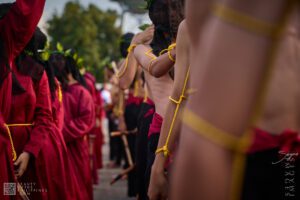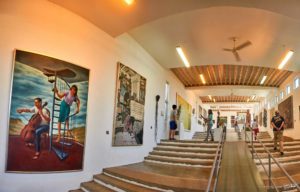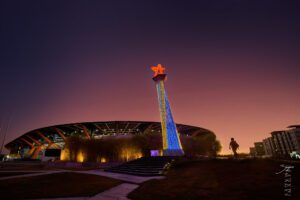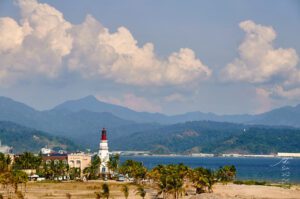ABOVE: A vibrant Tobacco Festival performance from Candon, Ilocos Sur, with participants holding large red and yellow structures during Araw ng Kalayaan 2025, set against an equestrian statue and modern high-rise buildings.
Candon City, Ilocos Sur
Tobacco Festival
Candon City’s Stirring Tribute at Araw ng Kalayaan 2025
Share
Tweet
Email
- Candon City, Ilocos Sur
Candon City wowed the crowd at Manila’s Araw ng Kalayaan 2025 celebration with a powerful Tobacco Festival performance that showcased its rich Ilocano heritage and revolutionary history. Through vibrant dance and music, the presentation told the story of Candon’s identity, from its agricultural roots to its role in the fight for independence. More than just entertainment, the performance served as an invitation for Filipinos to experience the full Tobacco Festival in Candon every March—a celebration of culture, pride, and living history.
Explore the Philippines through my lens as we venture into Tobacco Festival with Point of View (POV) photography. Using a body cam, I’ll guide you on an interactive tour, revealing the behind-the-scenes of capturing the shots shared here. Let’s dive into this visual journey together and uncover the wonders through my lens!
Let’s explore the PHILIPPINES through my lens as we journey on a photo slideshow to Tobacco Festival. Join me in this visual adventure and discover the wonders captured through my lens! Check out the shared slideshow here.
When Candon City took the stage at Luneta during the 2025 Araw ng Kalayaan celebration, the crowd wasn’t quite ready for what they were about to see. Sure, people expected beautiful costumes, cultural charm, and lively music—that’s what national parades are known for. But what Candon brought was something deeper. Their Tobacco Festival performance wasn’t just a presentation—it was a powerful retelling of a city’s spirit, wrapped in dance, history, and pride.
Check out the video for more highlights. See what I’ve captured through my lens with Point of View (POV) photography. Using a body cam, I’ll take you on an interactive tour, showing you behind-the-scenes moments of capturing the shots shared here.
Check out the video below for additional features. Explore what I’ve captured through my lens in this cinematic slideshow.
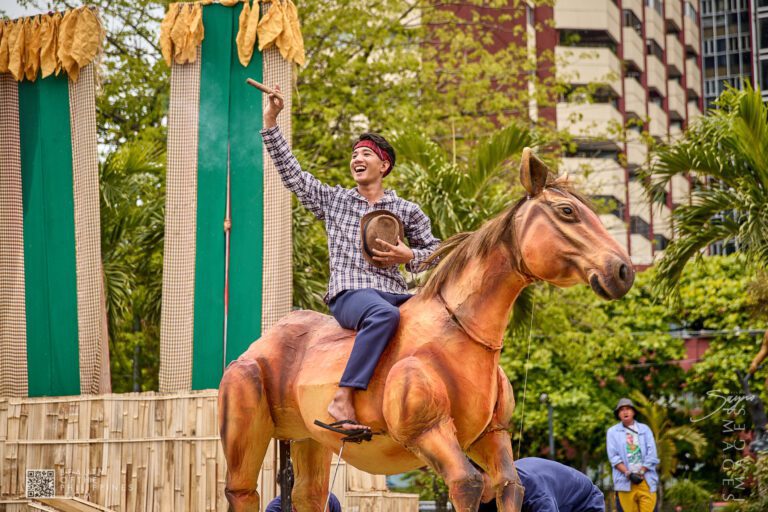
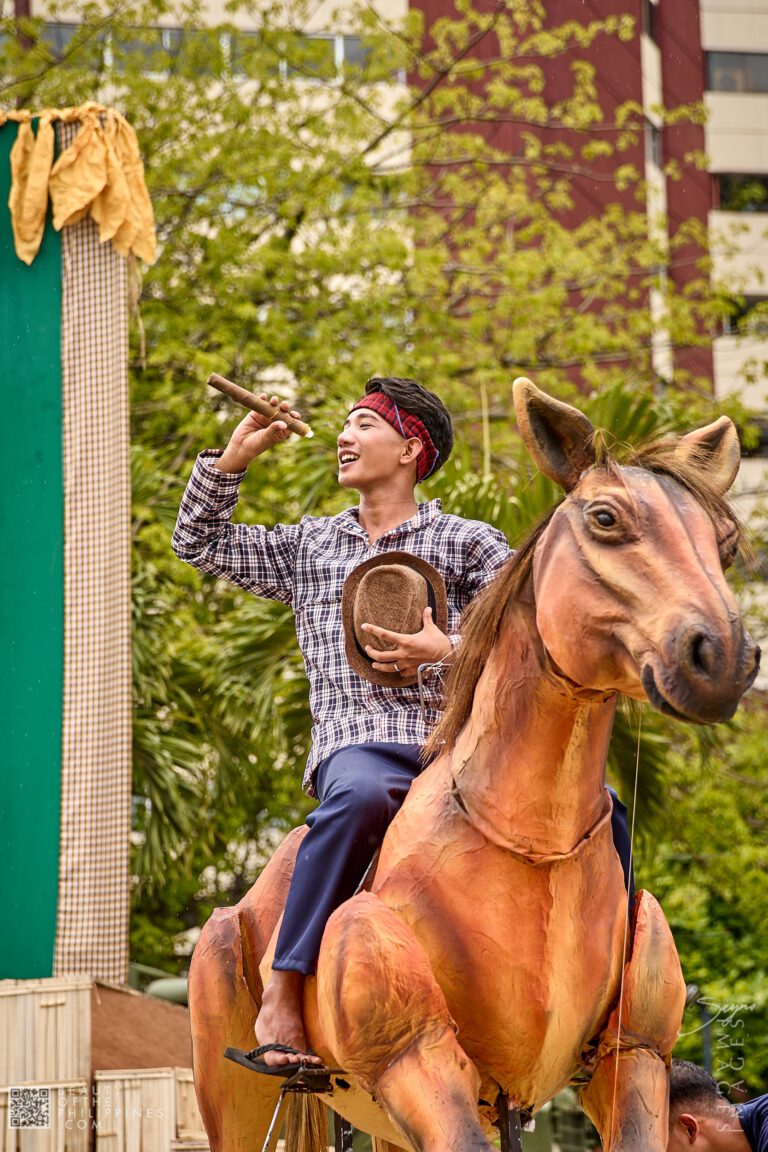
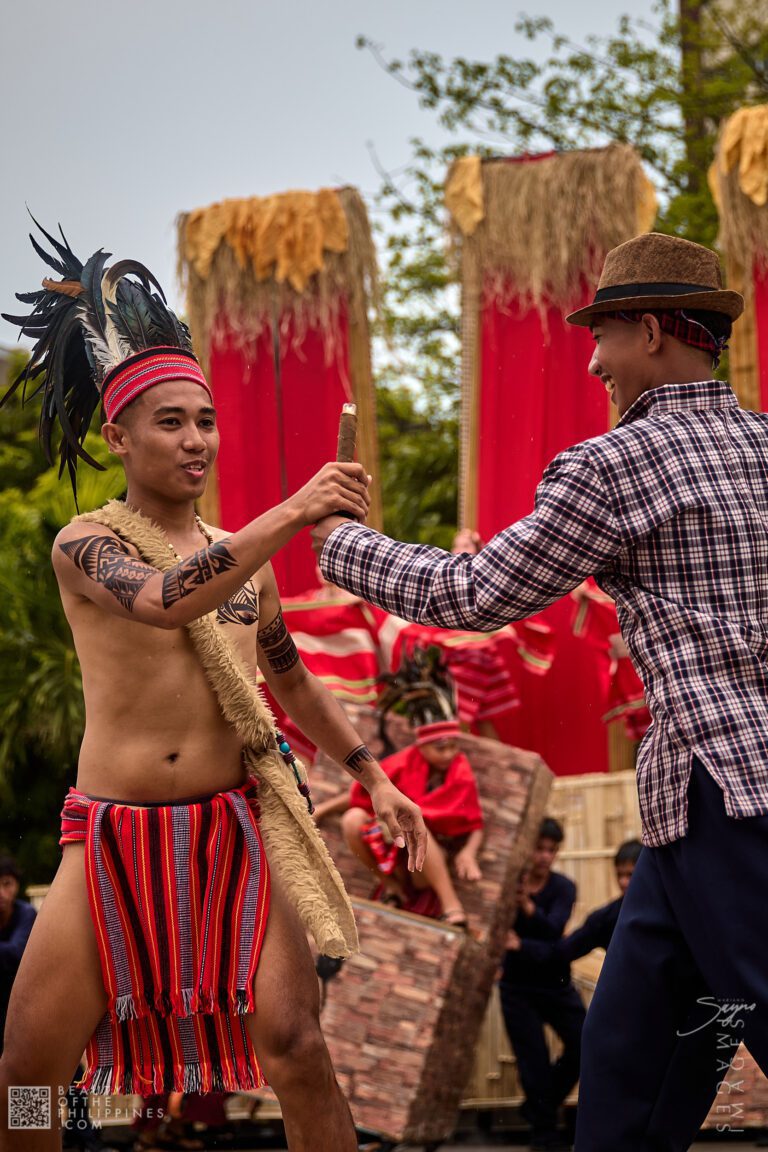
On June 12, in the heart of Manila, as Filipinos commemorated Independence Day, Candon reintroduced itself to the nation—not just as “that city in Ilocos Sur,” but as a place where revolution and resilience are stitched into the soul of its people. Through their Tobacco Festival dance, they reminded everyone that heritage isn’t something you visit in a museum—it’s alive, moving, and worth celebrating.
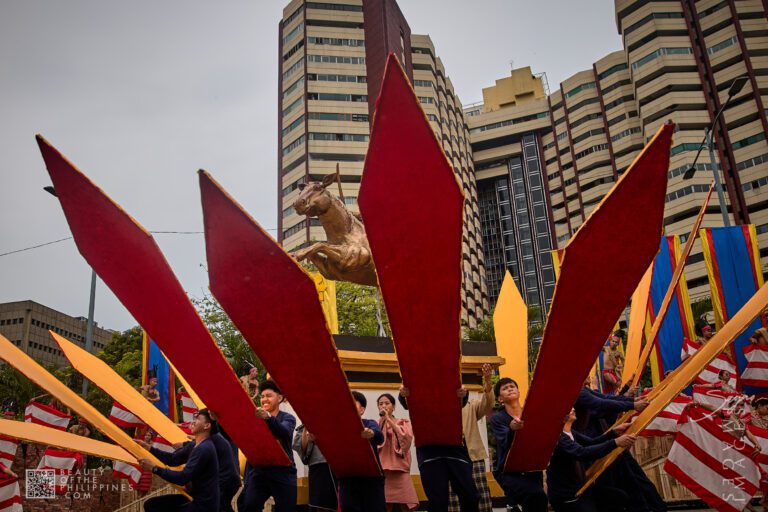
ABOVE: A vibrant Tobacco Festival performance from Candon, Ilocos Sur, with participants holding large red and yellow structures during Araw ng Kalayaan 2025, set against an equestrian statue and modern high-rise buildings.
DANCE AS A STORY OF A PEOPLE
What made Candon stand out wasn’t just the precision of the choreography. It was how the dancers wove an emotional narrative right there on Roxas Boulevard. Clad in earth-toned costumes inspired by tobacco leaves and Ilocano weaving, the performers moved with a rhythm that spoke of both hardship and hope.
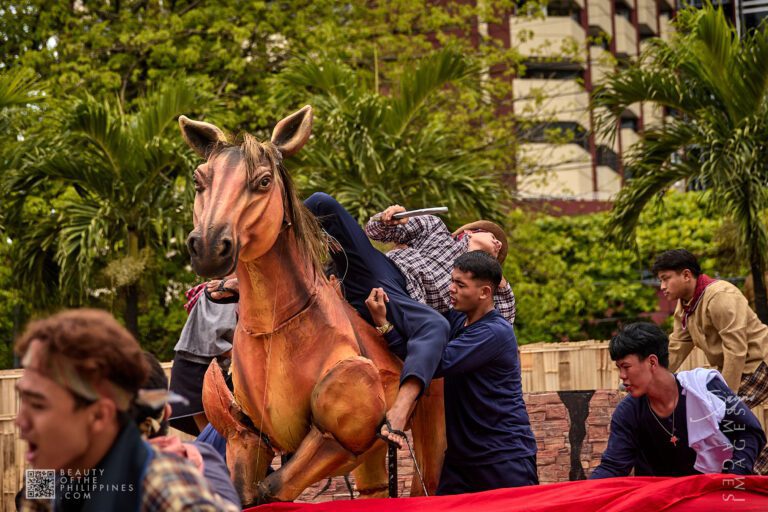
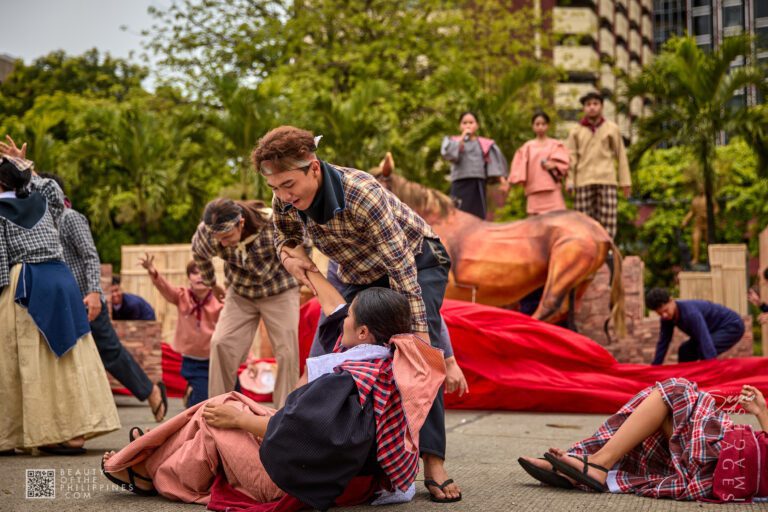
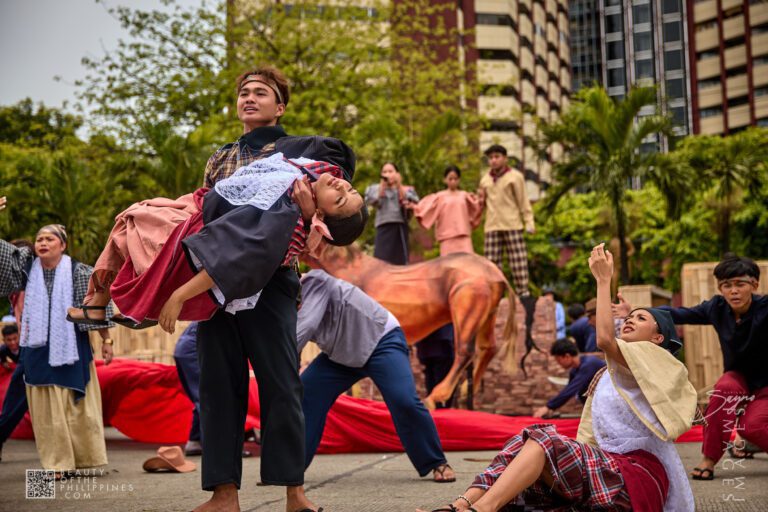
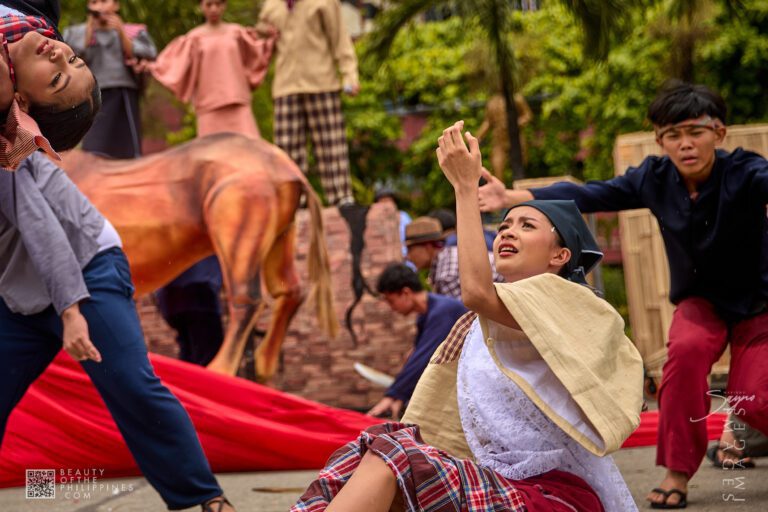
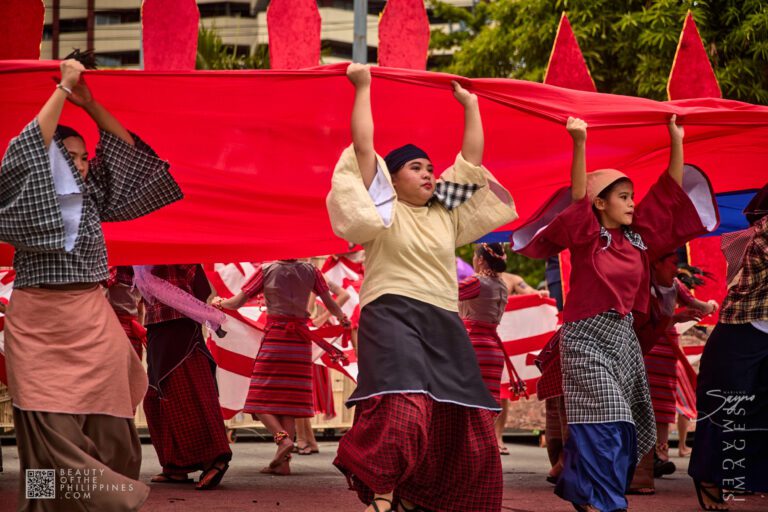
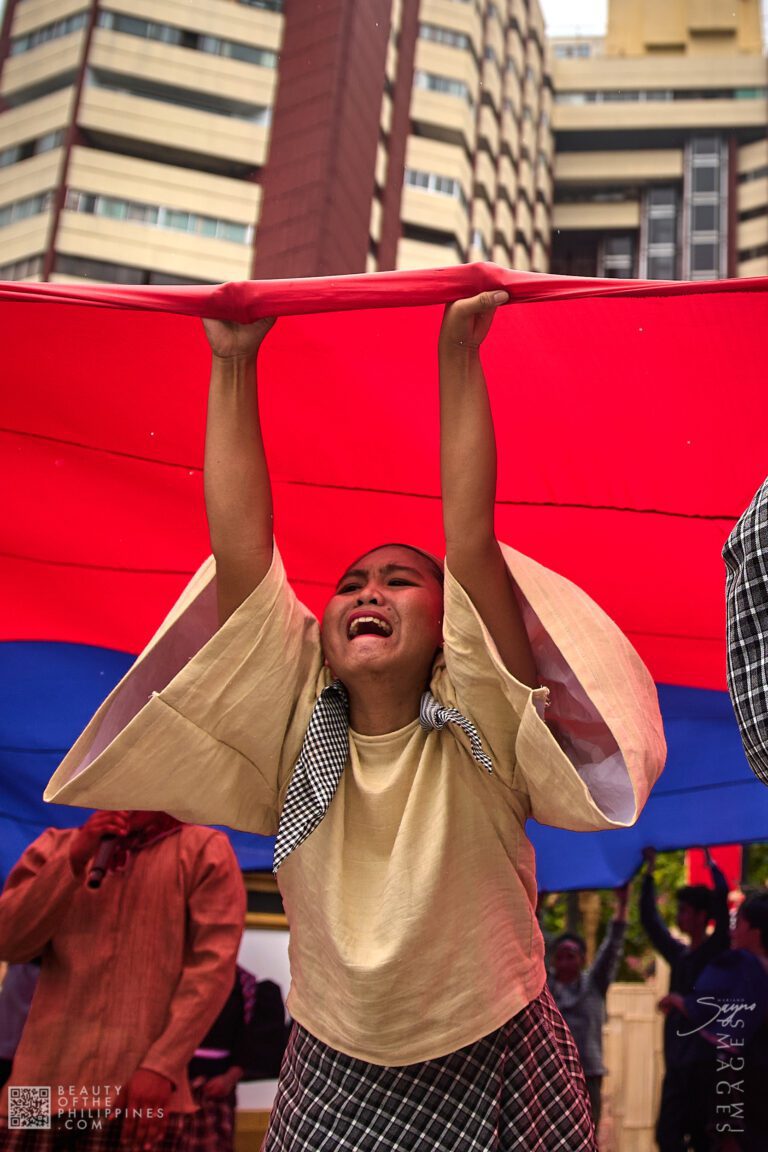
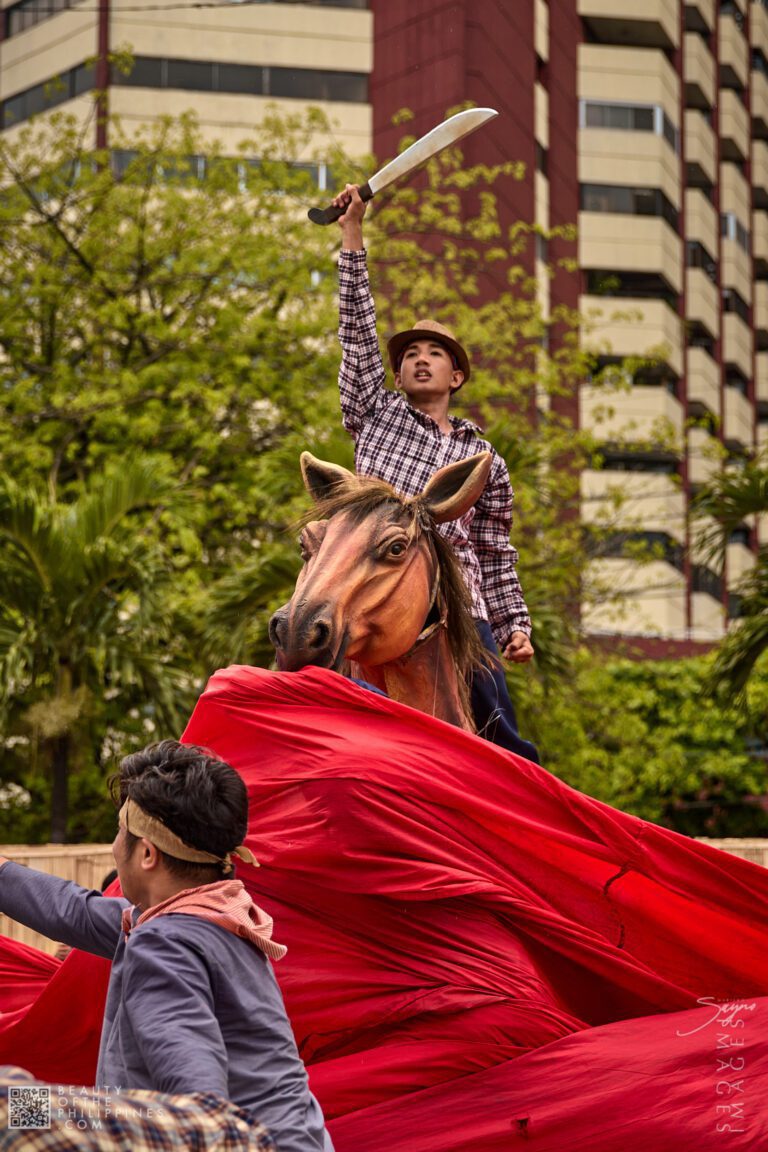
You could see it in the way they bent low to mimic planting in the fields, how their movements swirled into a harvest celebration, and how the music swelled into an echo of rebellion—paying tribute to the Cry of Candon and Don Isabelo Abaya’s uprising in 1898.
Honestly, it was the kind of performance that made you feel something even if you didn’t know the full history. Every step, every beat, every lift of their hands felt like a love letter to their ancestors. This wasn’t just a festival dance. This was identity in motion.
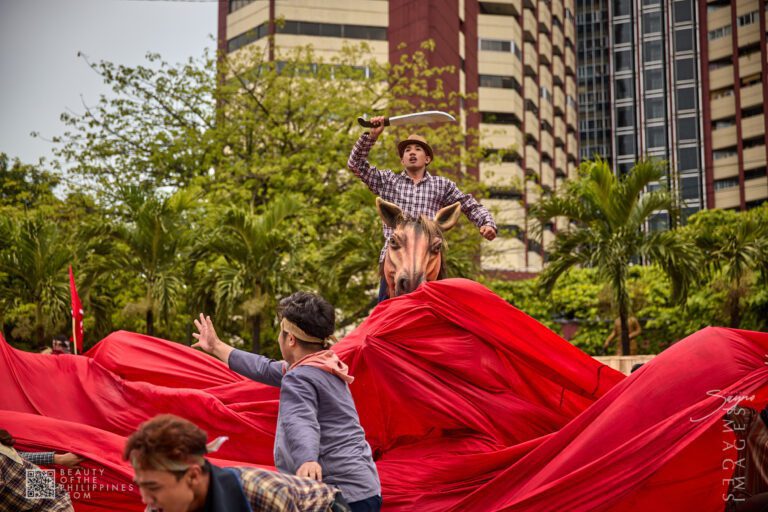
ABOVE: A Tobacco Festival performance from Candon, Ilocos Sur during Araw ng Kalayaan 2025, with a performer sitting on top of a horse atop a red fabric structure.
ABOVE: A Tobacco Festival performance from Candon, Ilocos Sur during Araw ng Kalayaan 2025, with a performer sitting on top of a horse atop a red fabric structure.
BRINGING THE TOBACCO FESTIVAL TO MANILA
If you’ve ever been to Candon in March, you know the Tobacco Festival is more than just parades. It’s a full-blown celebration of culture—trade fairs, pageants, culinary showcases, even solemn moments of remembrance at the Isabelo Abaya monument. What they did in Manila was give the audience a taste of all that richness in one electrifying performance.
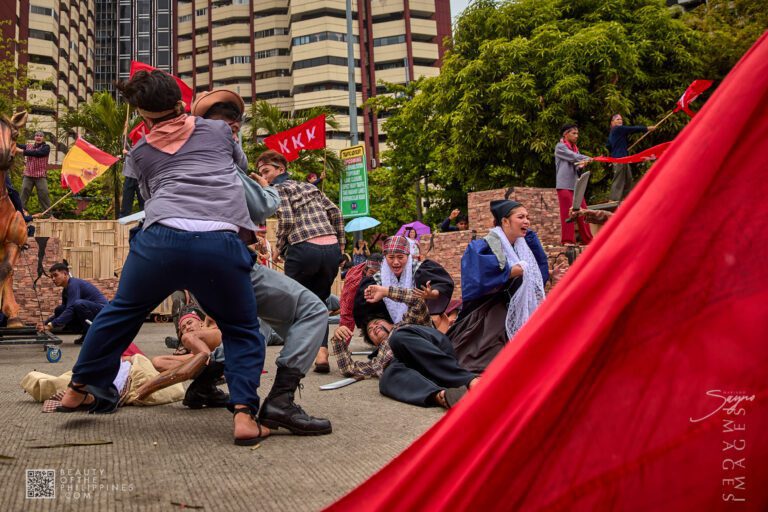
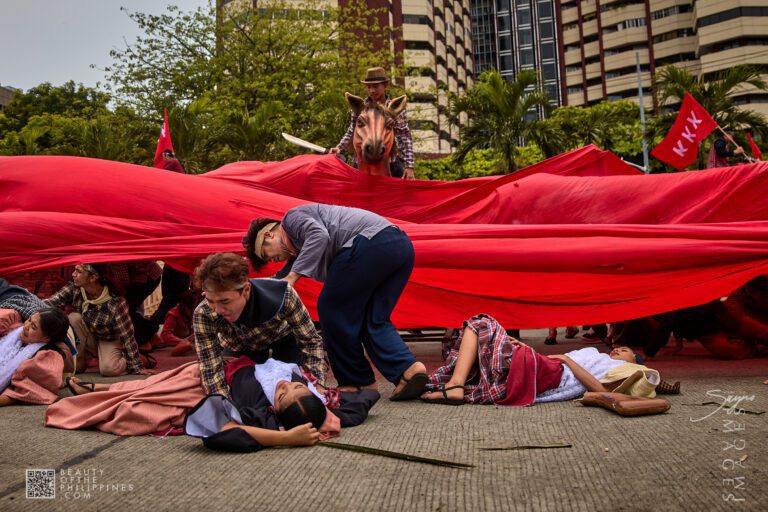
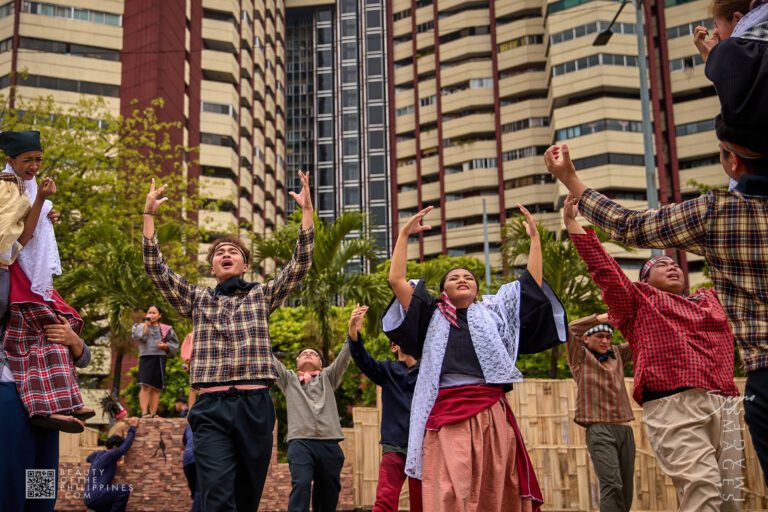
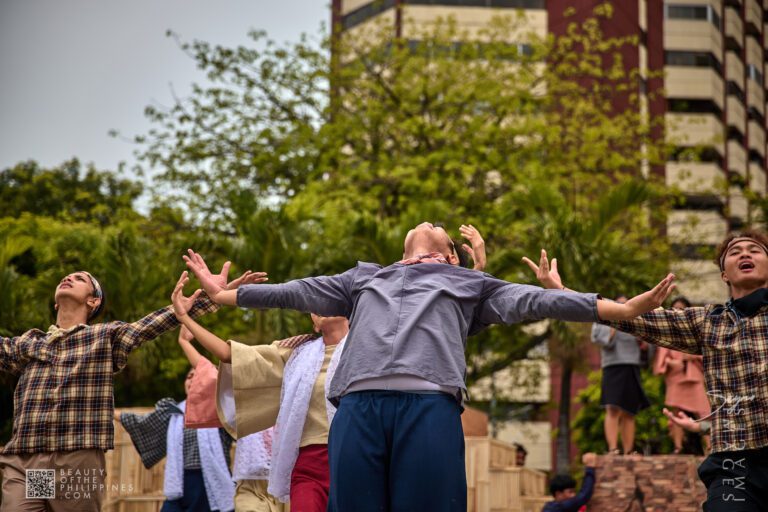
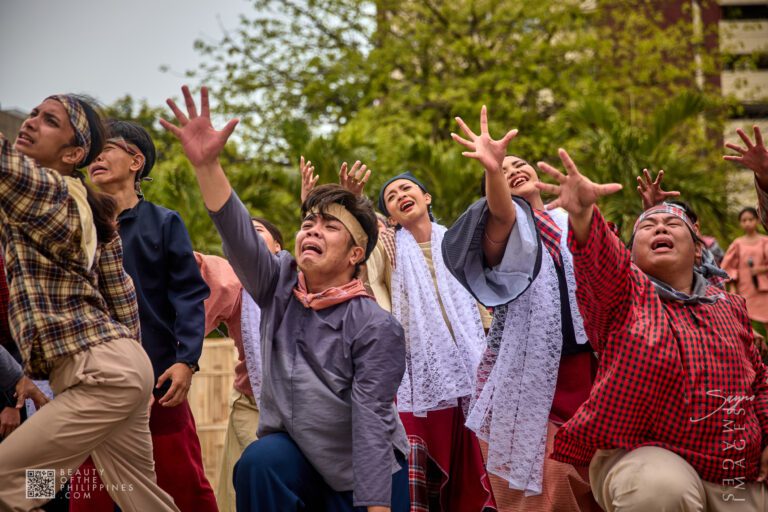
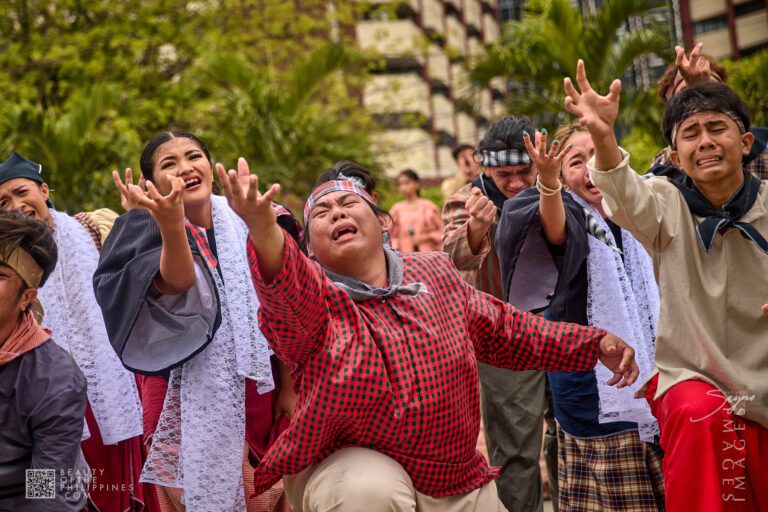
MORE THAN ENTERTAINMENT—A MESSAGE
And here’s the thing: it wasn’t just entertaining. It was a statement. The Tobacco Festival performance brought Candon’s story to national consciousness, reminding everyone that independence wasn’t won in just one place, or by just one group. It was towns like Candon—farmers, families, fighters—who rose up and paid the price for the freedom we celebrate today.
You could feel that message resonate with the crowd. People clapped, sure. But they also nodded, they leaned in, they whispered to each other about “the tobacco dance.” You know what? That’s what great cultural presentations do—they spark curiosity. They make you want to know more.
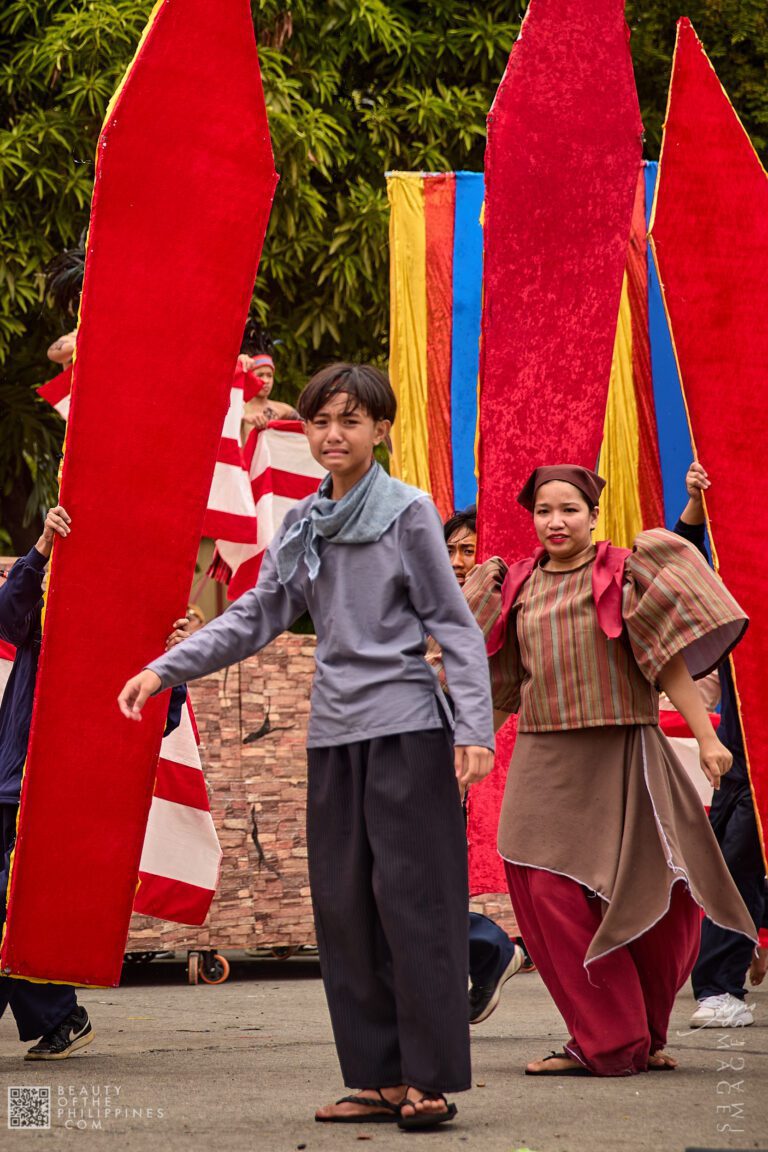
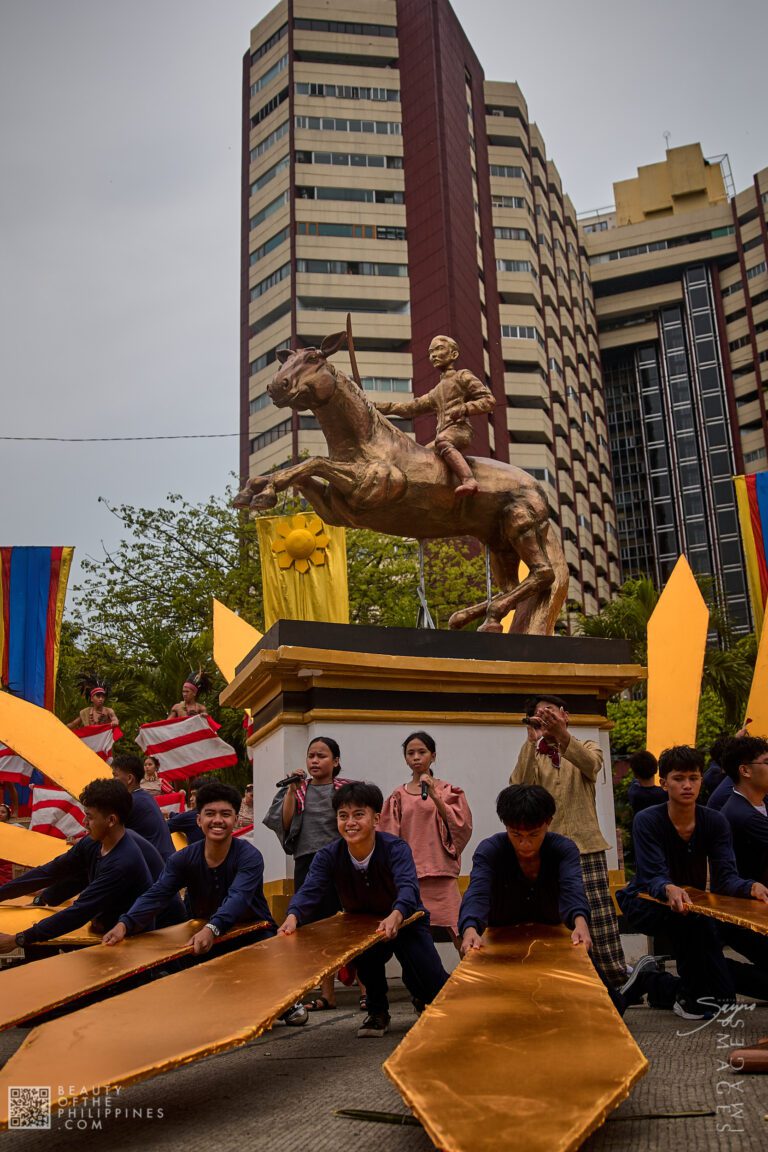
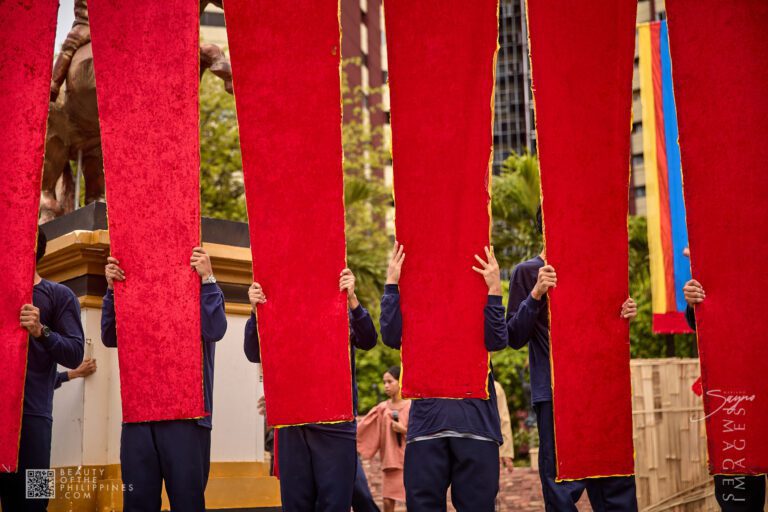
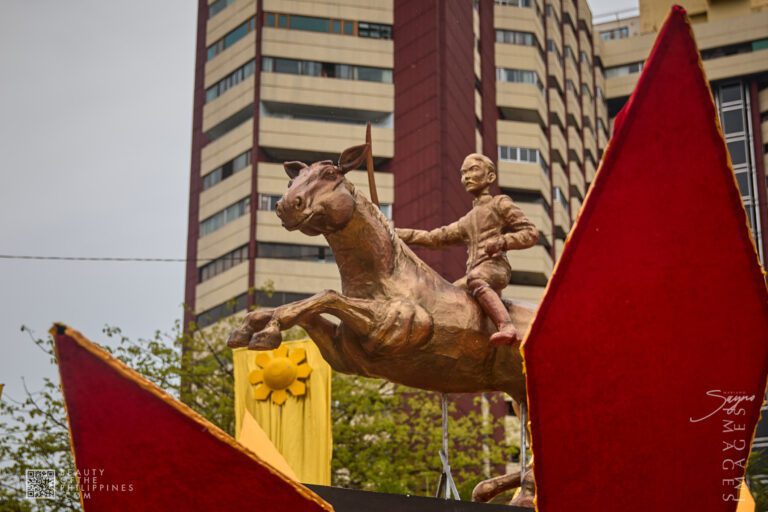
WHY THIS MATTERS
Showcases like this are more than just filler in a parade lineup. They’re how we keep heritage alive. They’re how a small city like Candon gets noticed by travelers who might otherwise have overlooked it. Cultural tourism thrives on moments like this—moments when a city shows you not just what it looks like, but who it is.
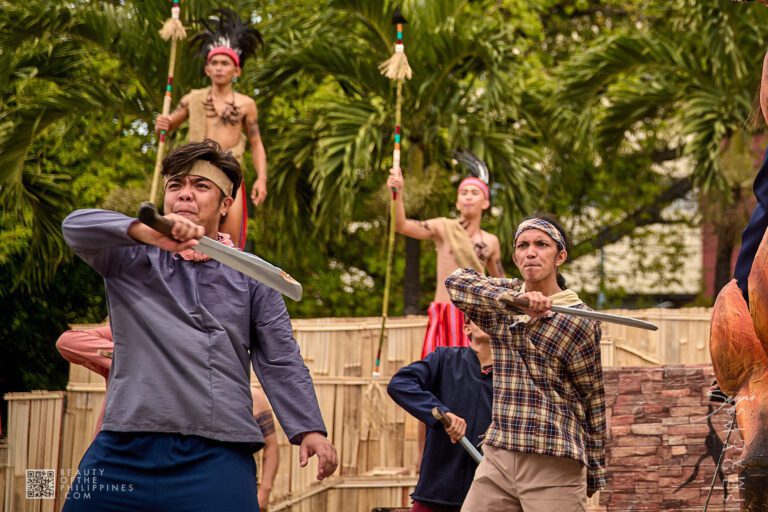
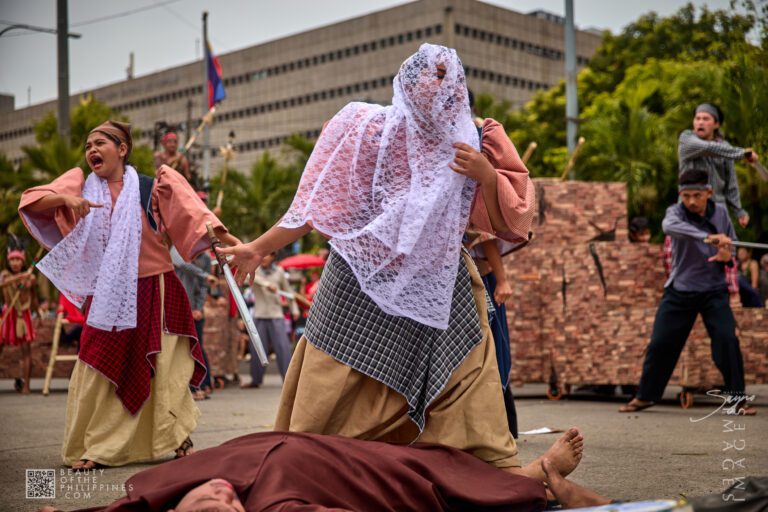
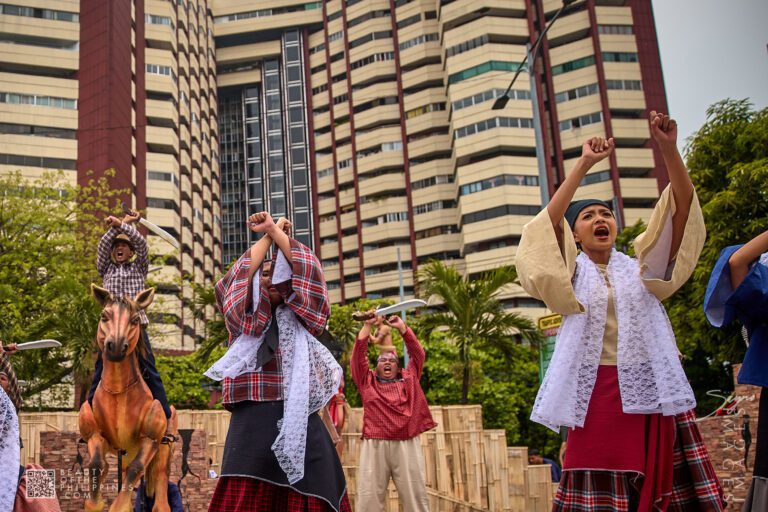
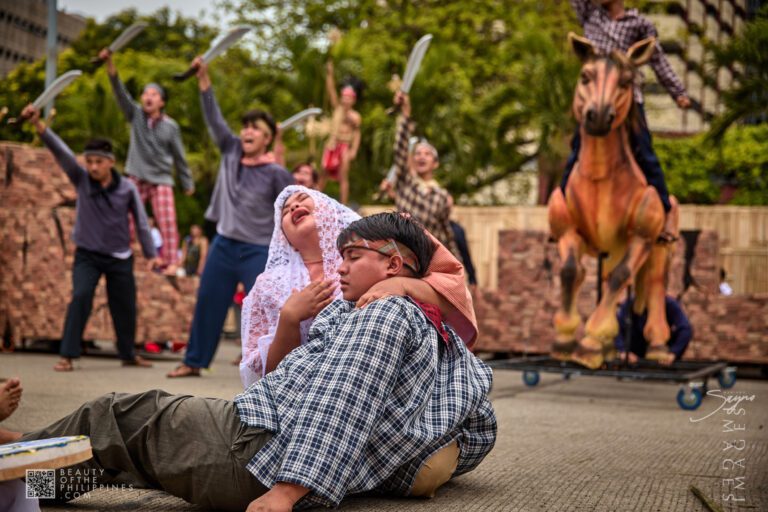
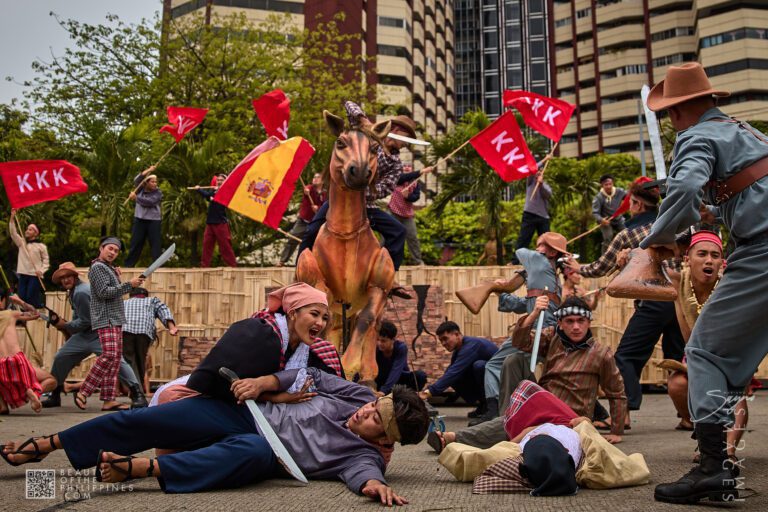
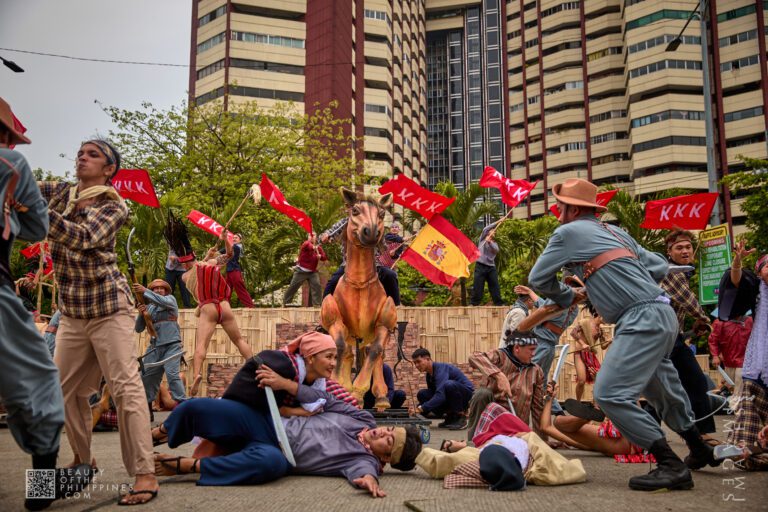
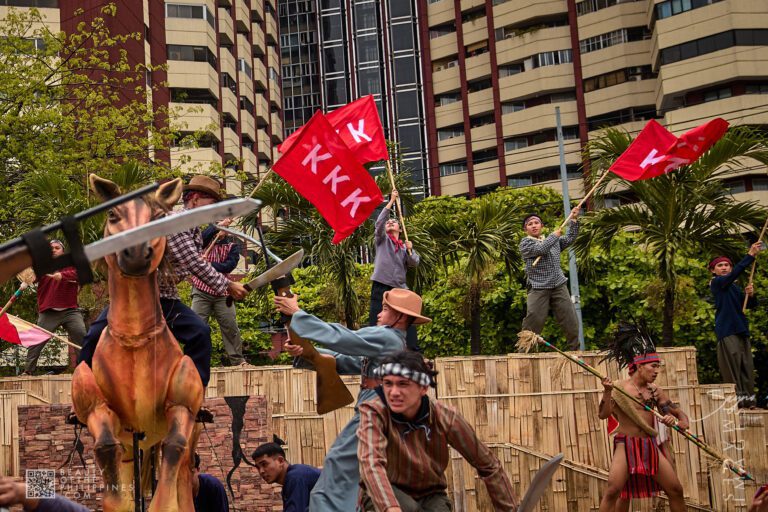
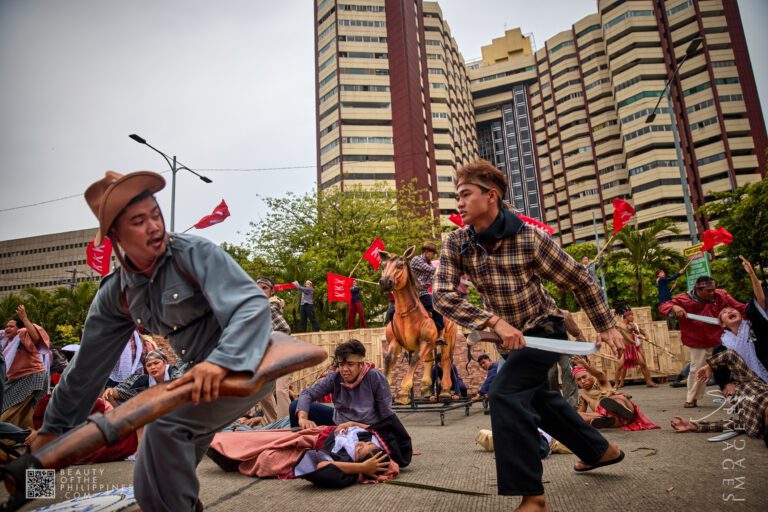
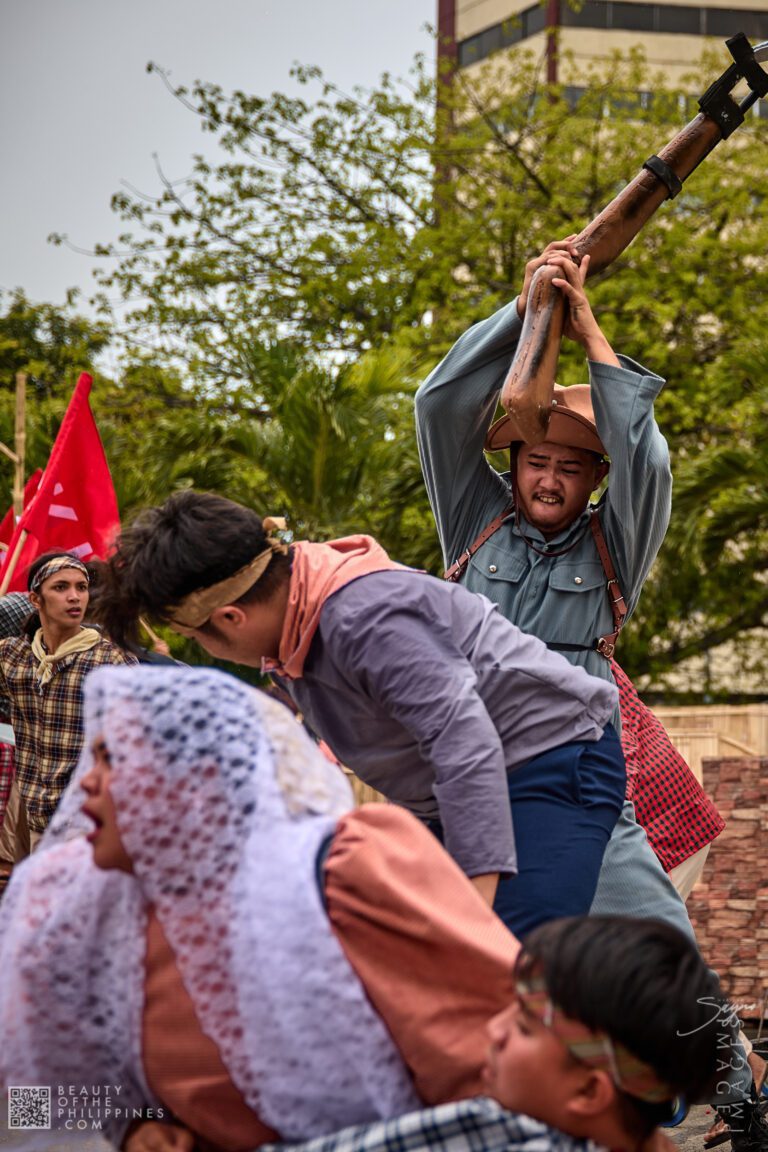
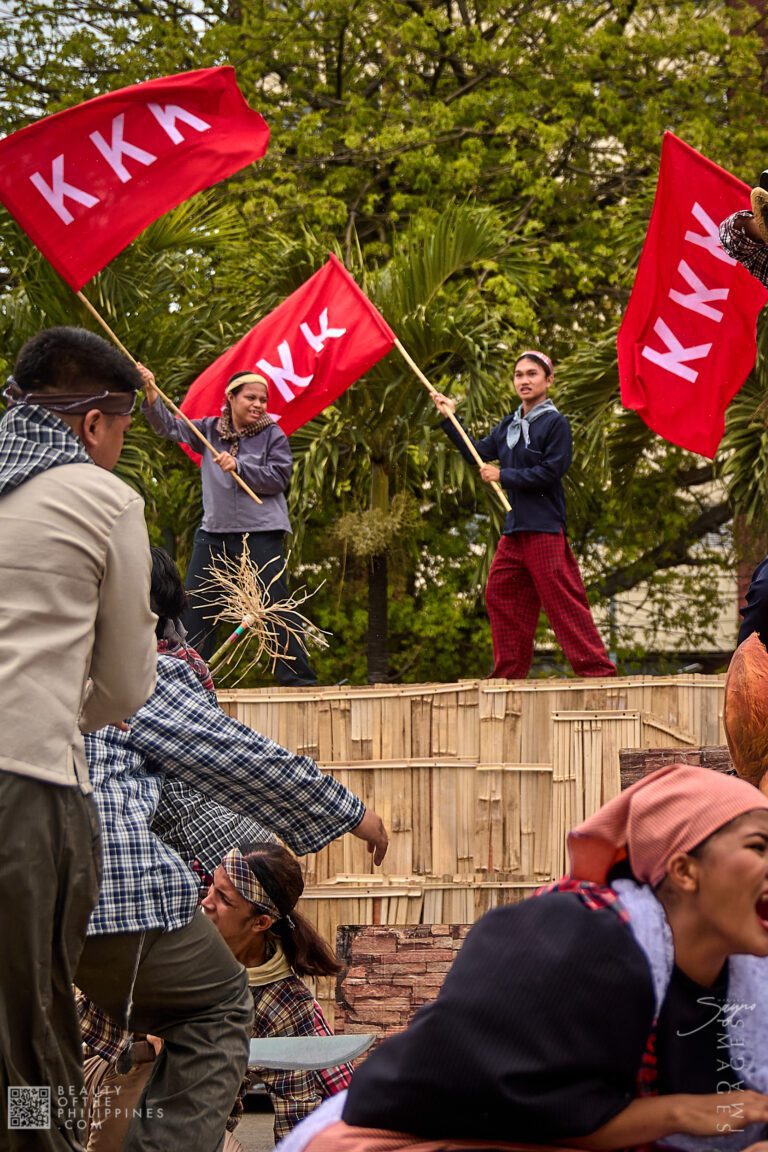
RELATED STORIES

Tondol Beach: Discovering the Pristine Beauty of Anda Island in Pangasinan
Anda Island, also known as Cabarruyan, stands gracefully within the Pangasinan Province, adjacent to the renowned Hundred Islands. As one of the largest islands in



Lingayen Beach: Pista’y Dayat Festival and the Rich Legacy of Lingayen Gulf
The Lingayen Beach is a public beach in Pangasinan Province, and is famous for hosting a Pista’y Dayat festival once every Labor Day. It has



Currimao Watchtower: A Timeless Sentinel of Ilocos Norte
The Currimao Watchtower in Ilocos Norte is a historic Spanish-era structure built to guard against pirate invasions. Situated along the scenic coastline, this coral-stone watchtower
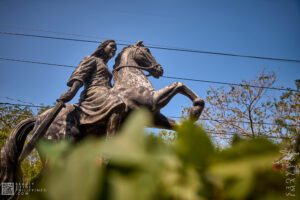


Gabriela Silang Memorial Shrine: The Ilocano Joan of Arc
The Gabriela Silang Memorial Shrine, located in Sitio Pideg, Magsaysay, Santa, Ilocos Sur, is a poignant tribute to one of the Philippines’ most celebrated heroines.
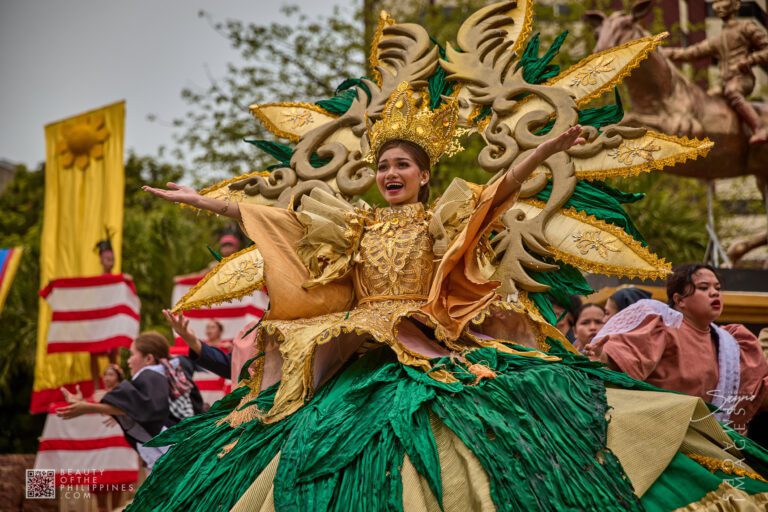

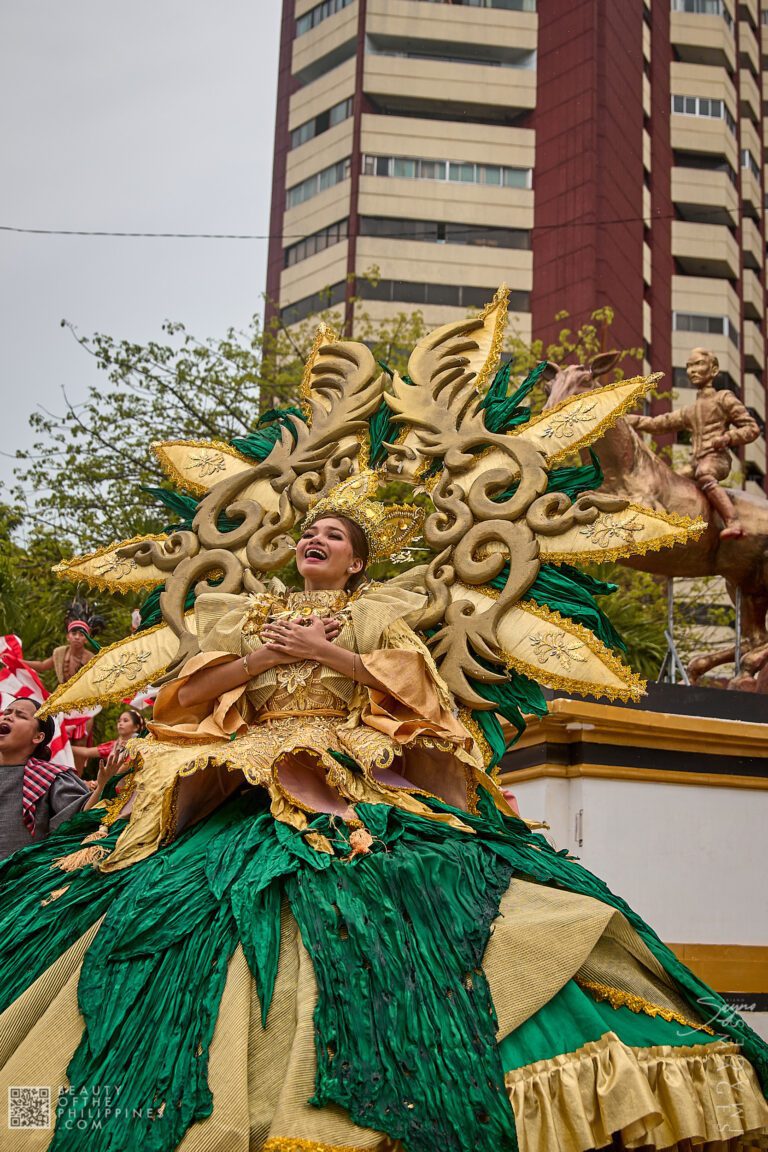

For Candon, the payoff is twofold: their people’s pride grows stronger, and visitors start thinking, Maybe I should go see this festival in March for myself. And that’s good for everyone—from the farmers selling calamay and tobacco products at the trade fair to the kids who grow up seeing their culture celebrated on a national stage.
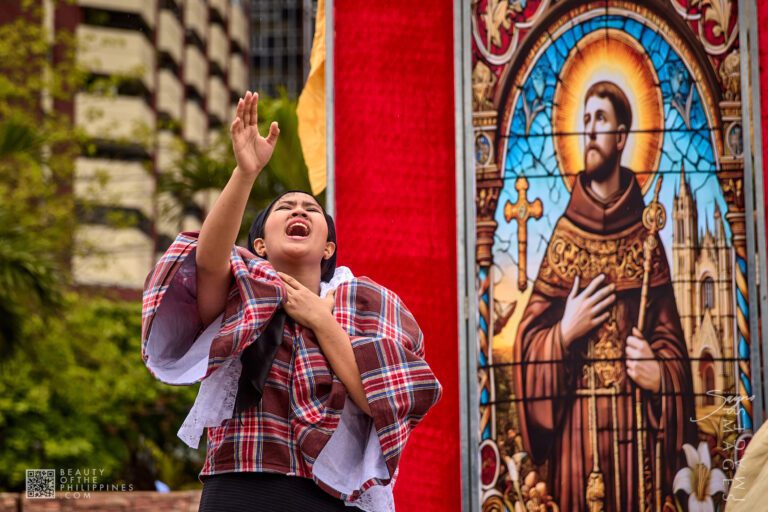

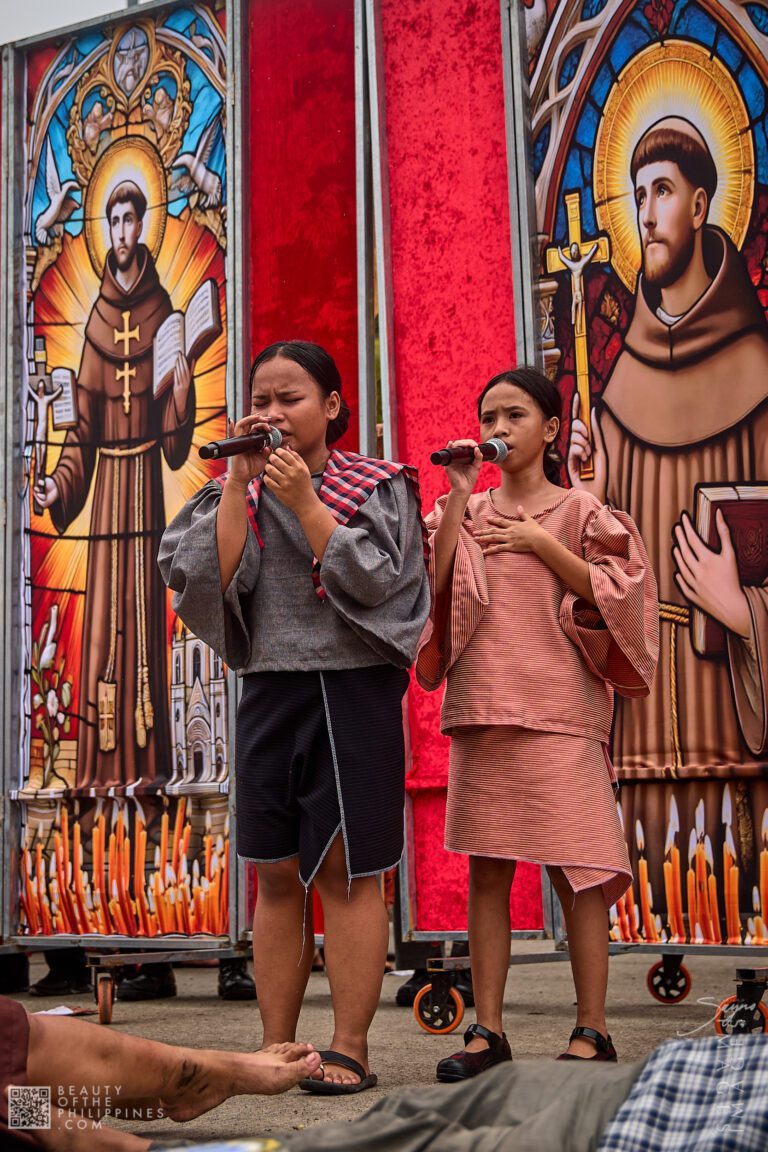

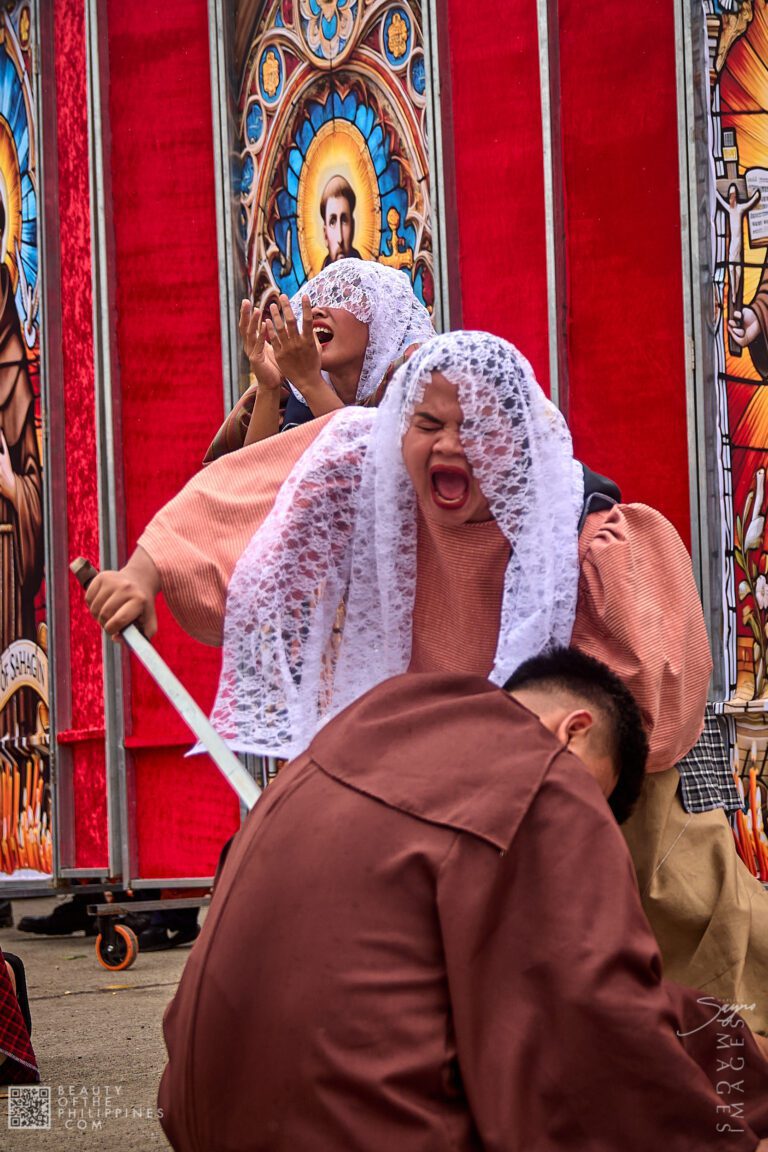

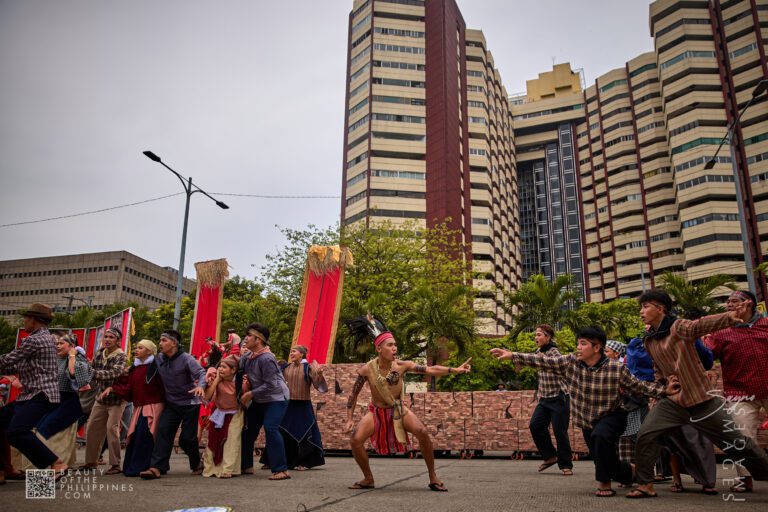

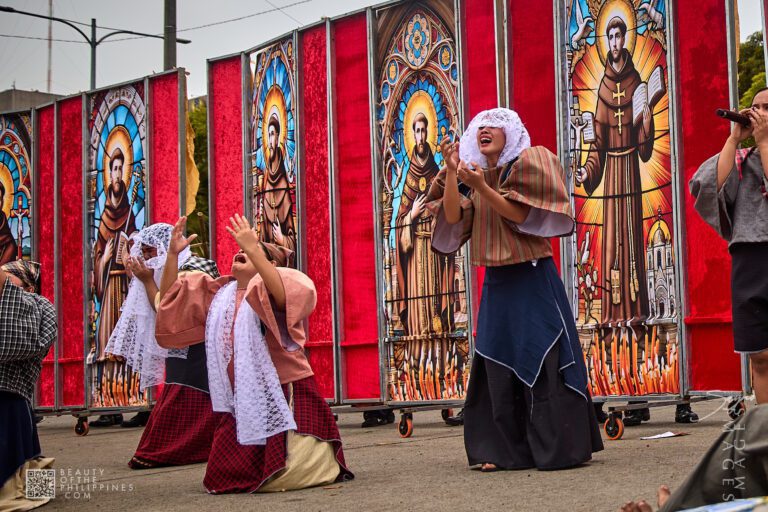

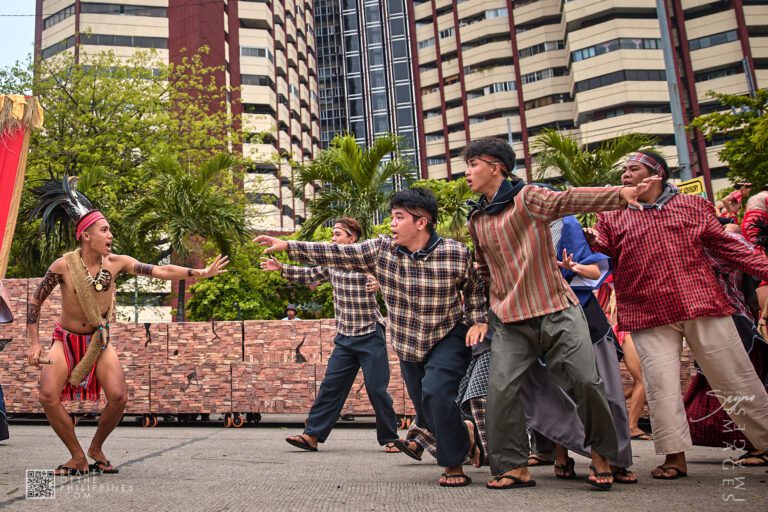

VISIT CANDON: WHERE THE STORIES BEGAN
If you felt moved by the performance in Luneta, imagine experiencing it in its hometown setting. The Tobacco Festival every March turns the streets of Candon into a living, breathing showcase of Ilocano culture. You can watch the dances in the plazas where they started, walk through the tobacco fields that inspired the choreography, and visit landmarks like St. John of Sahagun Church or the Isabelo Abaya monument to connect with the history behind the story.
And honestly? There’s something about being there in person, seeing the locals beam with pride, that no parade in Manila can fully capture.
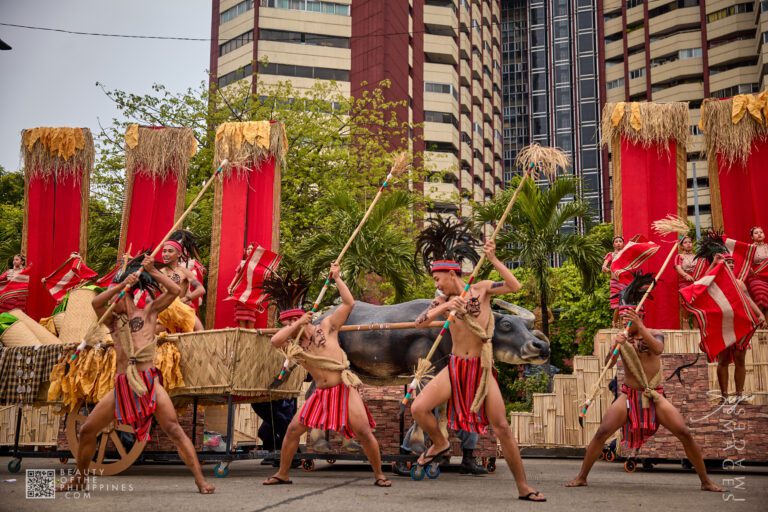

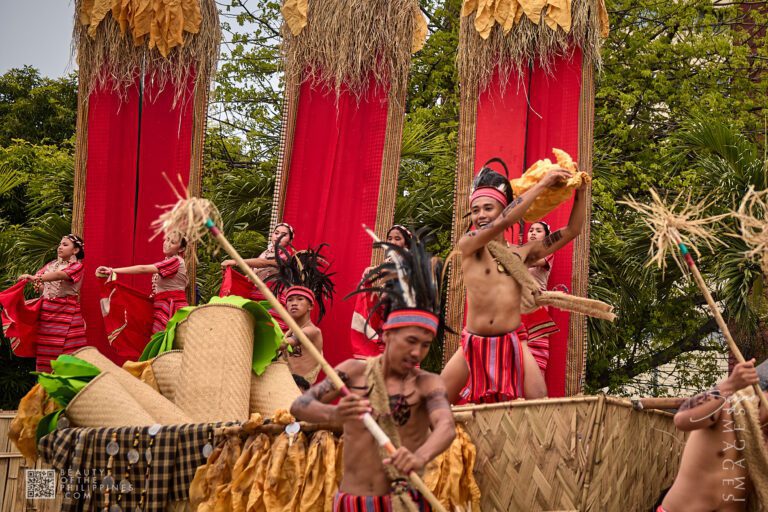

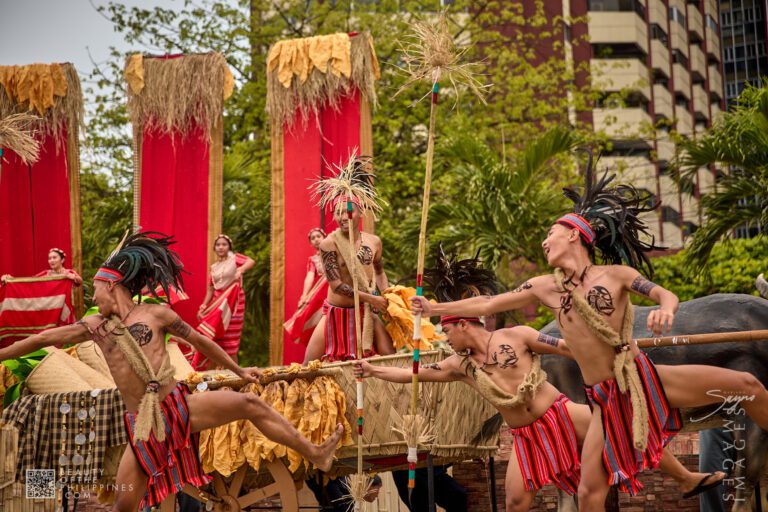

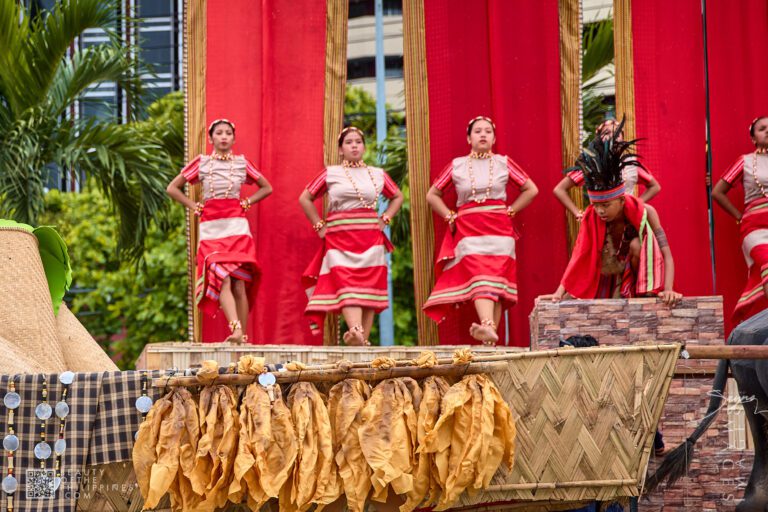

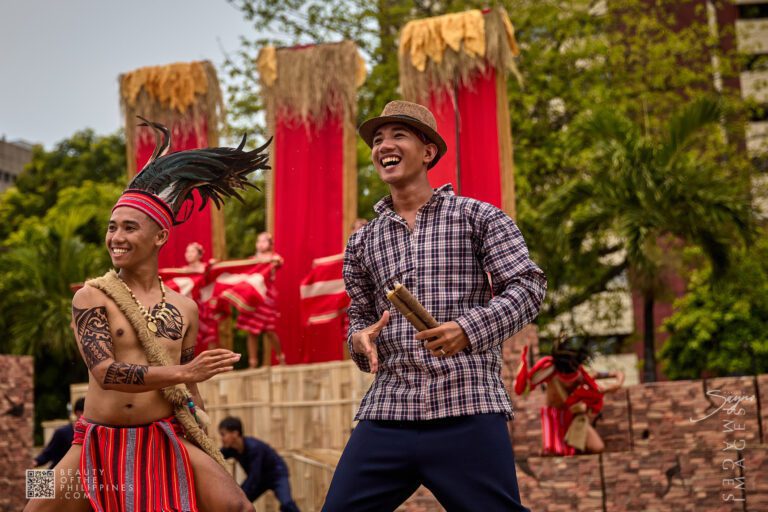

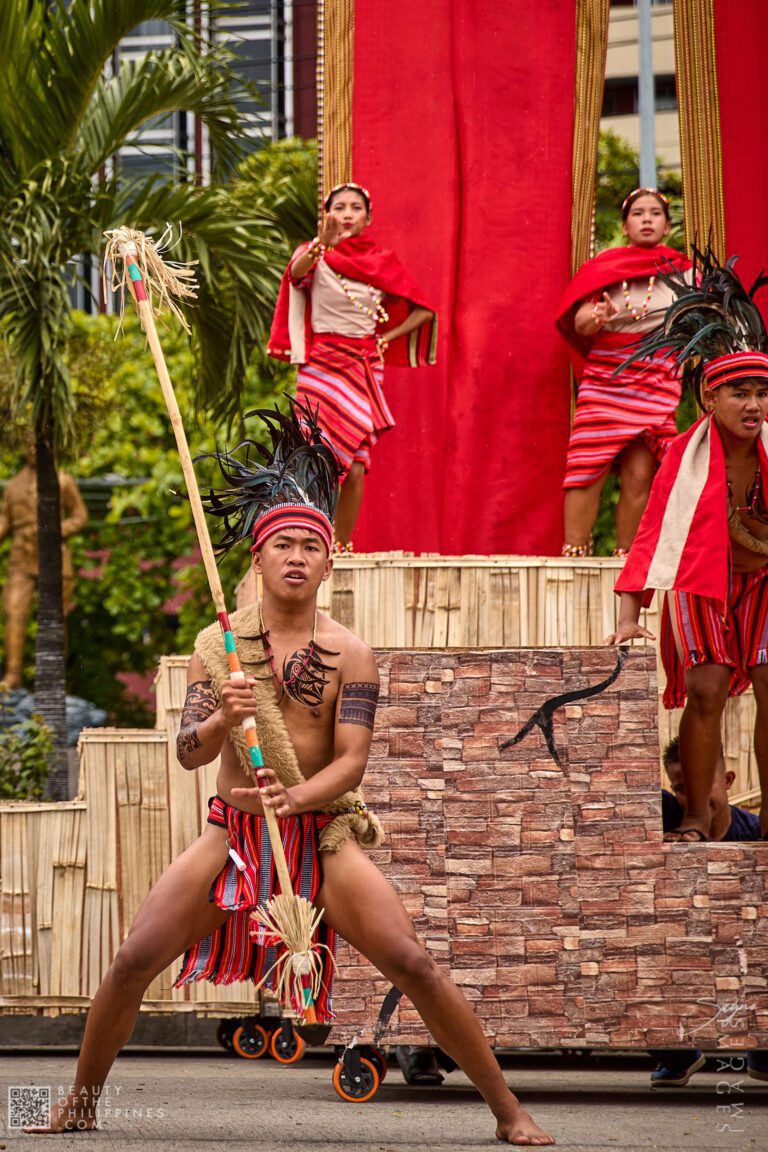

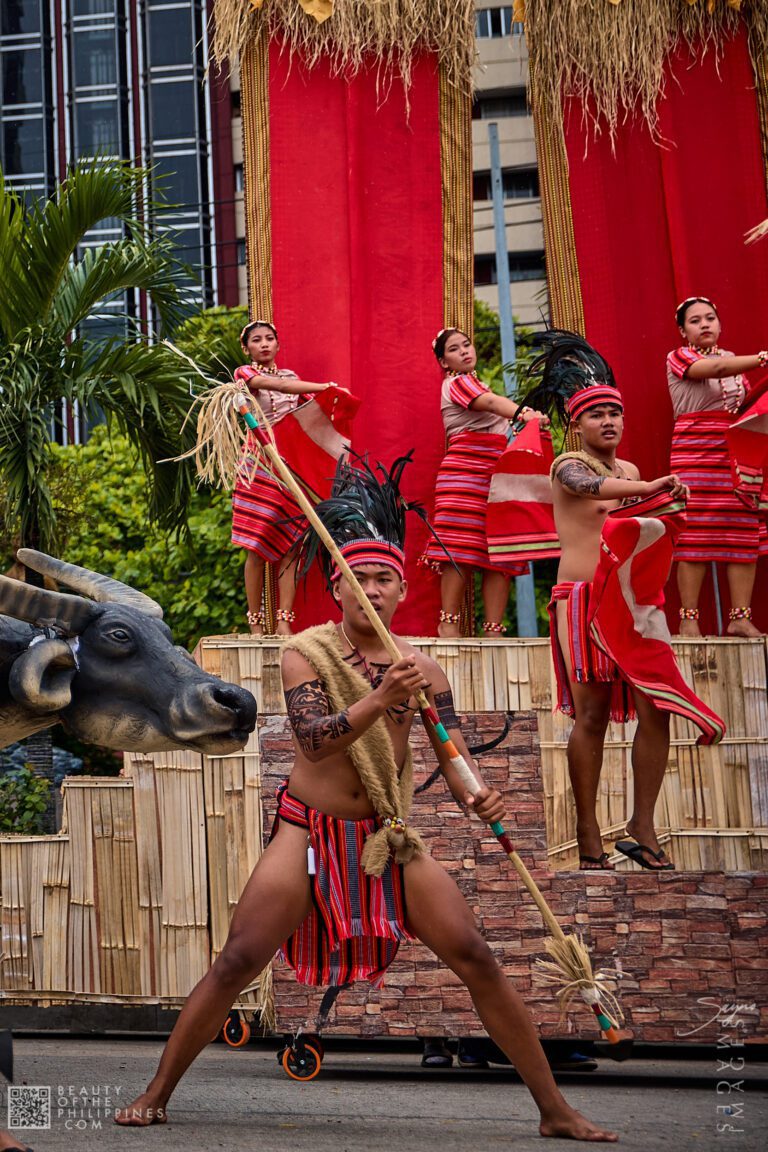

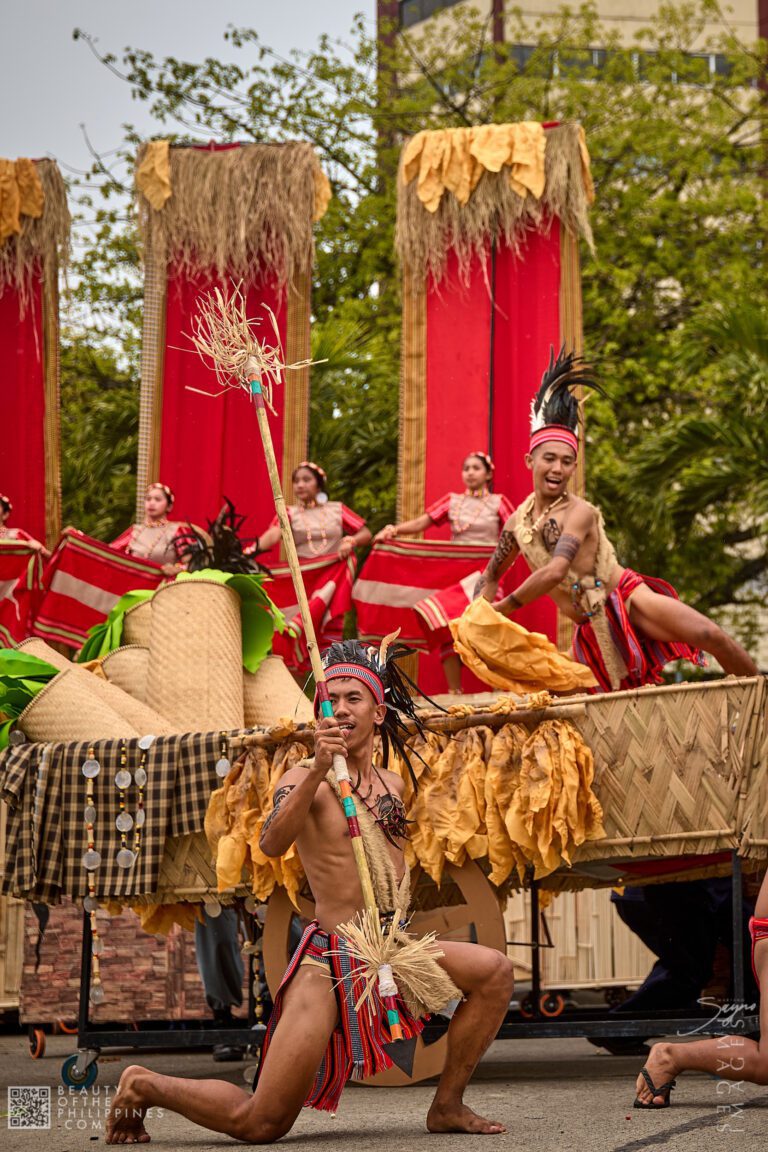

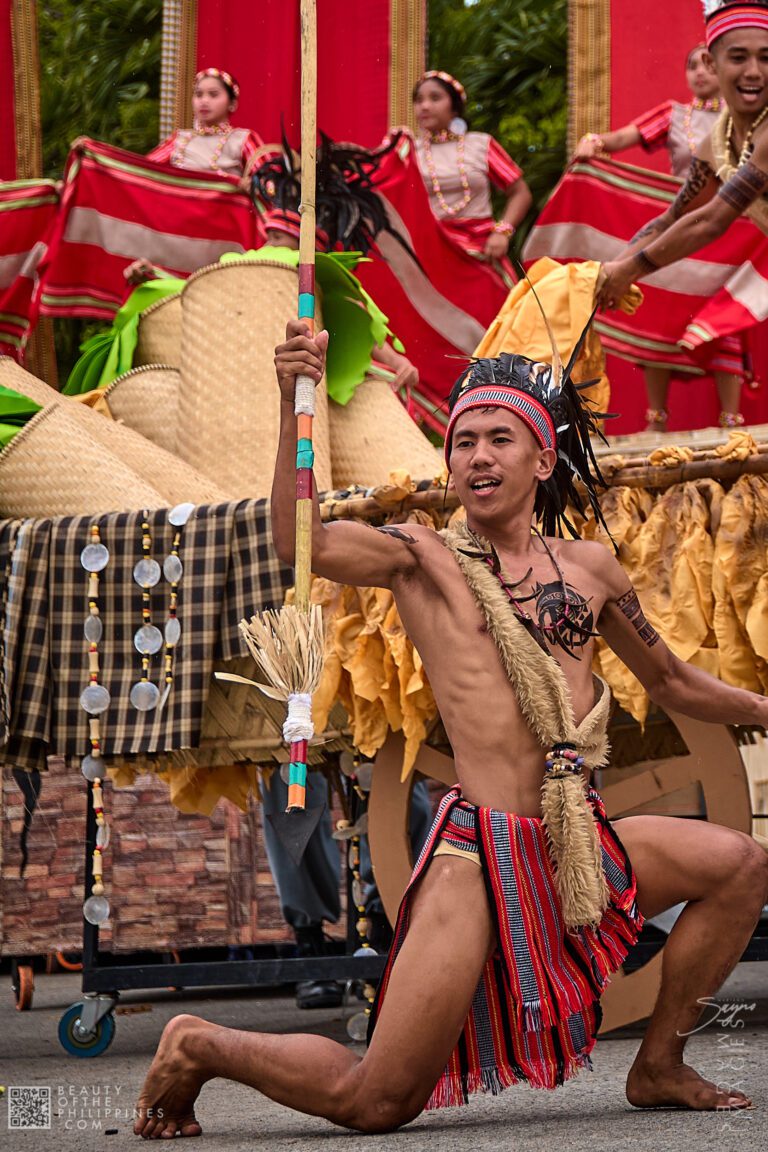

FINAL THOUGHTS
Candon City came to Luneta this Independence Day and left more than just an impression—they left an invitation. Their Tobacco Festival performance was a reminder that our culture doesn’t just belong to the past. It belongs to all of us, here and now, carried forward in every dance step, every song, every story we choose to tell.
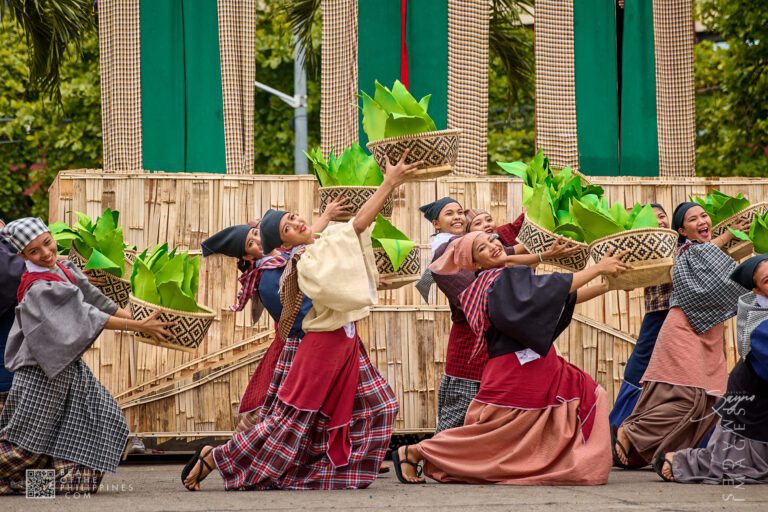

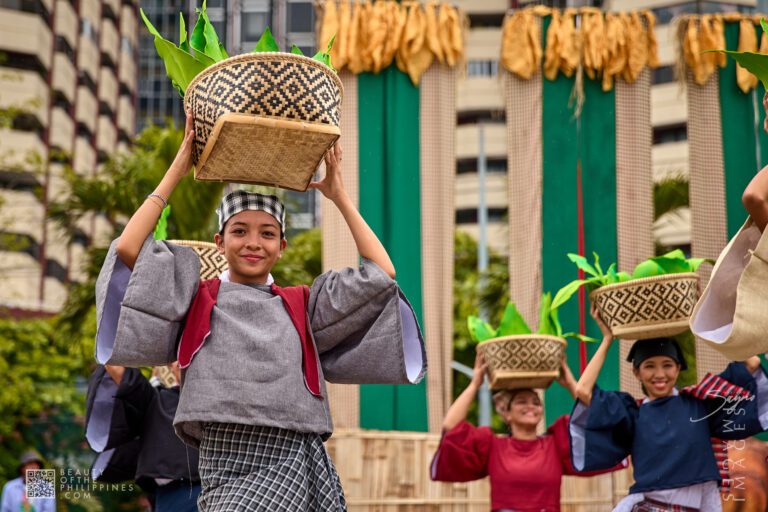

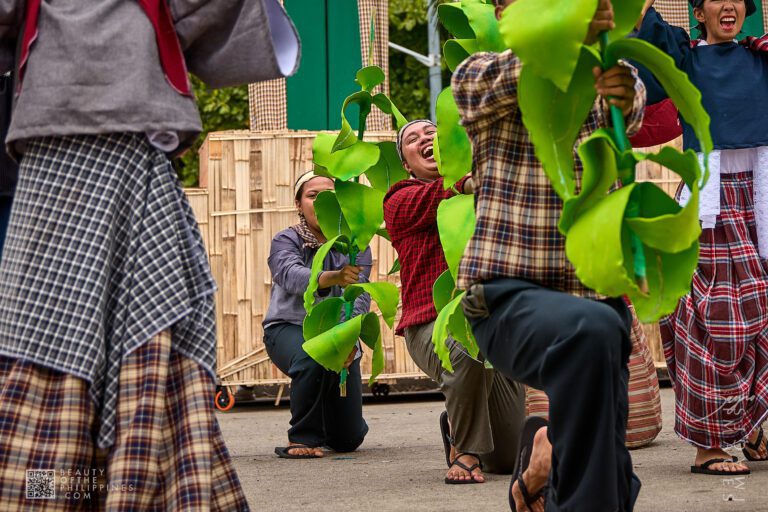

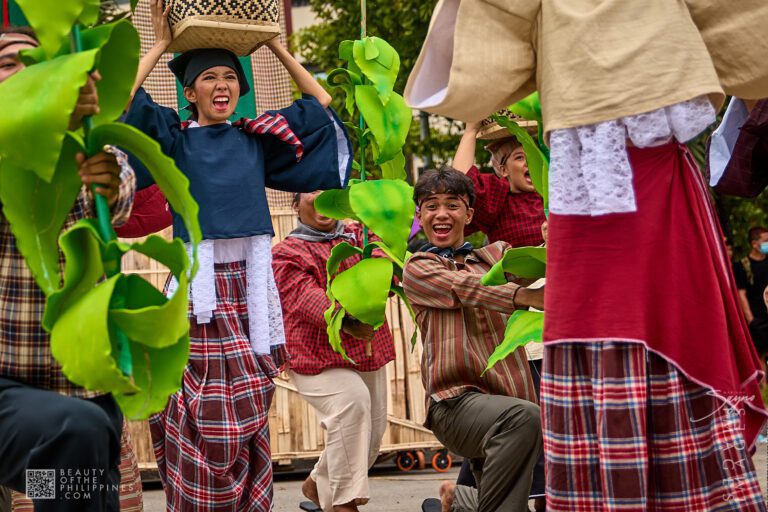

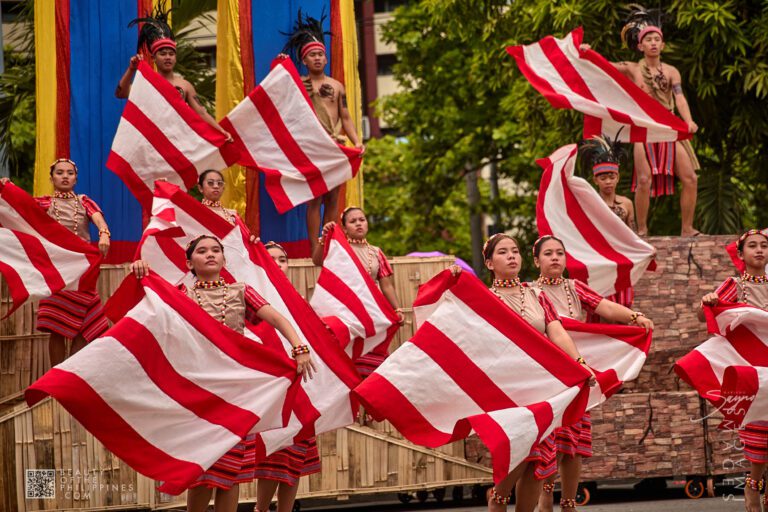

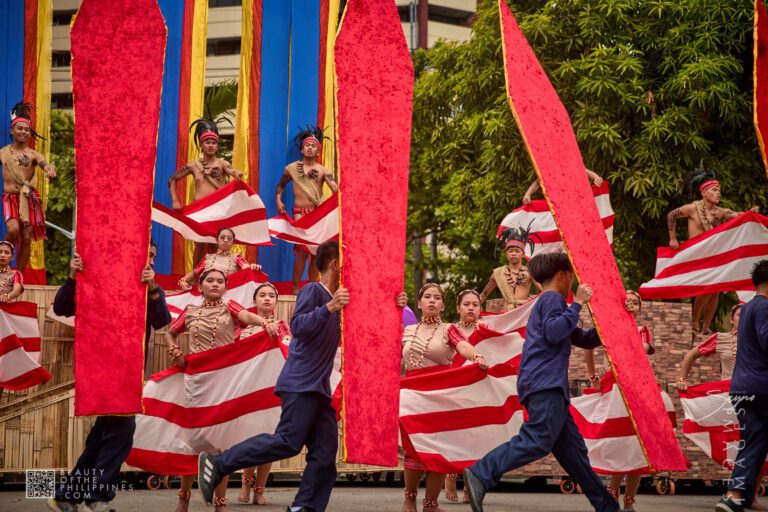

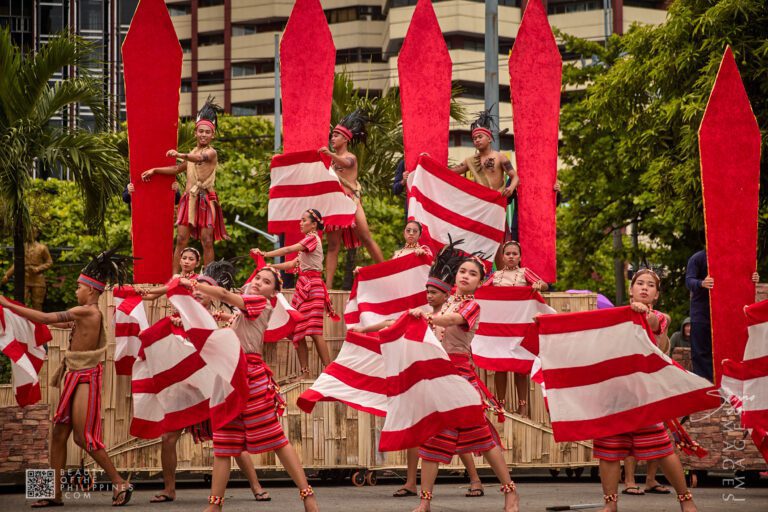

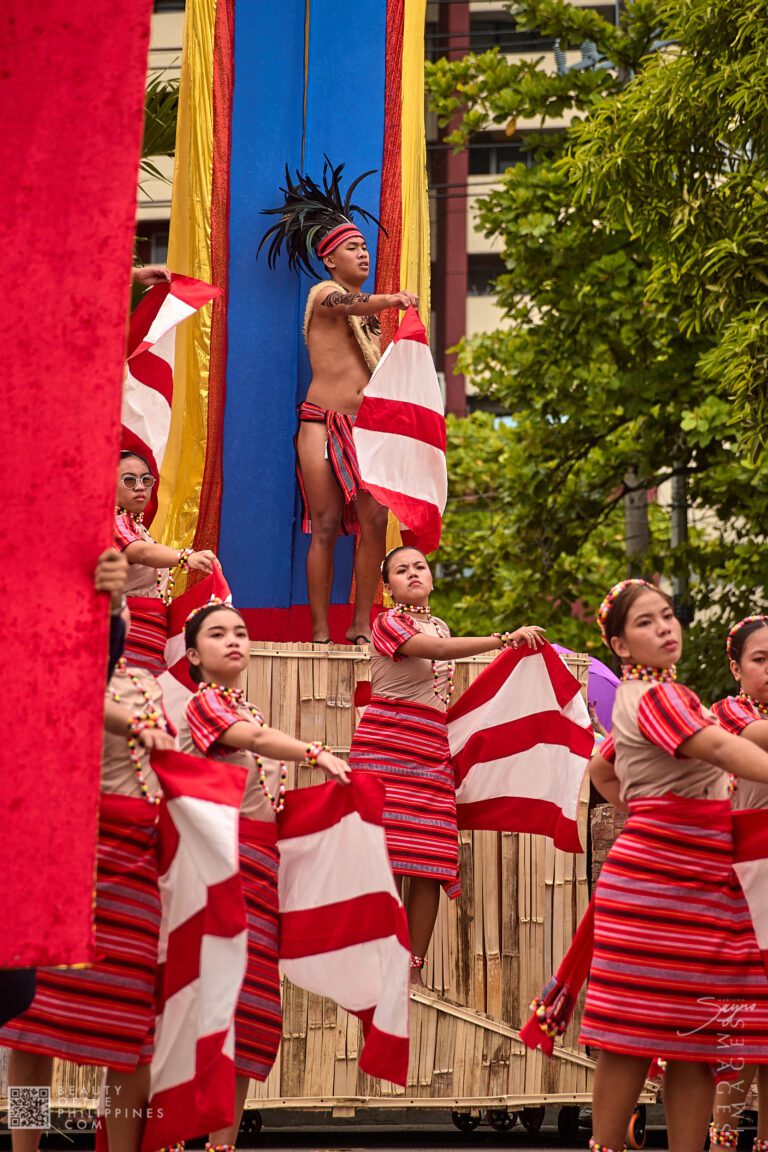

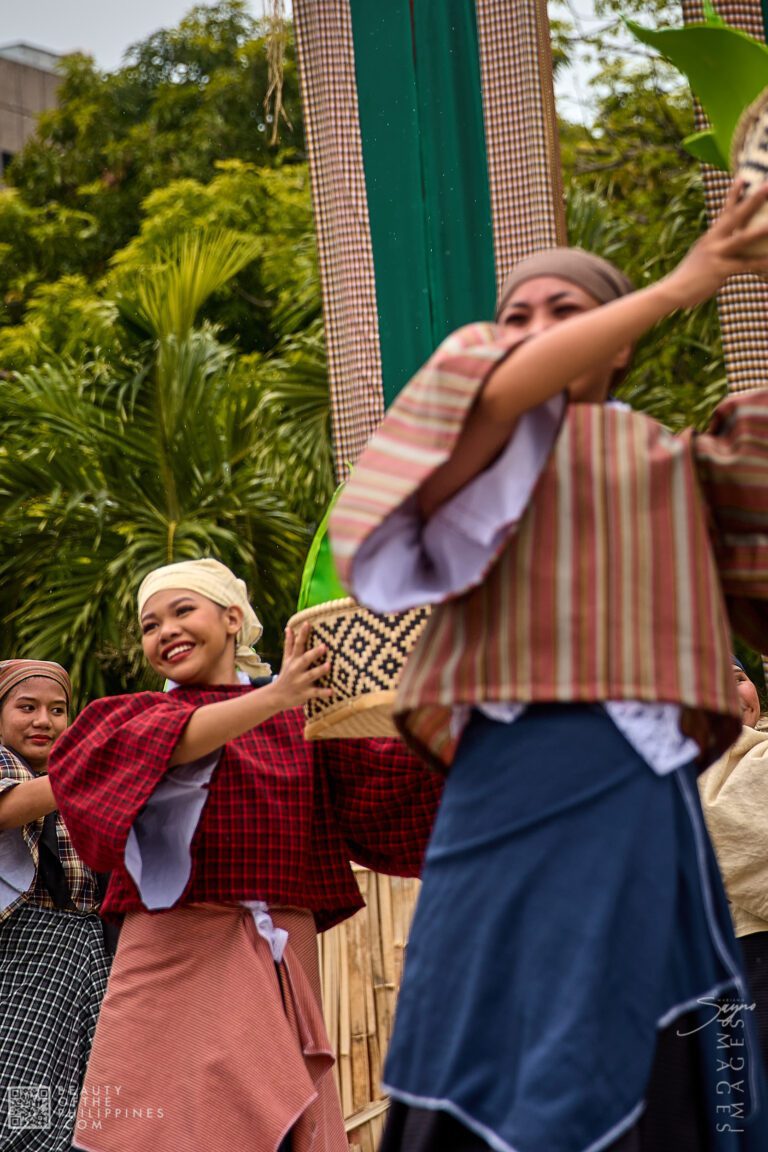

ABOVE: Dancers from Candon performed on Roxas Boulevard in earth-toned costumes inspired by tobacco leaves and Ilocano weaving, their movements flowing from planting and harvest to echoes of rebellion—turning the stage into a powerful tribute to history, struggle, and identity.
ABOVE: Dancers from Candon performed on Roxas Boulevard in earth-toned costumes inspired by tobacco leaves and Ilocano weaving, their movements flowing from planting and harvest to echoes of rebellion—turning the stage into a powerful tribute to history, struggle, and identity.
In a sea of colors and fanfare, Candon’s dancers stood out—not just because they were good (though they were), but because they were honest. Honest in their love for their city, honest in the way they shared its history.
So next March, when the Tobacco Festival comes alive again, maybe it’s time to take that trip north. To see the fields, feel the rhythm, and hear the stories straight from the source. After all, heritage like this? It deserves more than just a passing glance—it deserves to be experienced.
I’m looking forward to the stories and images leaving a lasting positive impression on you, just as they have on me. Stay connected with us on social media for a weekly exploration of travel assignments and breathtaking visuals. Our focus is on championing local tourism, showcasing small businesses, and honoring the magnificence of the Philippines through the content we curate. Join us in spreading the word by clicking the ‘share’ buttons below. Your support means the world to us.
EXPLORE MORE about
Ilocos Region



Gabriela Silang Memorial Shrine: The Ilocano Joan of Arc
The Gabriela Silang Memorial Shrine, located in Sitio Pideg, Magsaysay, Santa, Ilocos Sur, is a poignant tribute to one of the Philippines’ most celebrated heroines.



Lingayen Beach: Pista’y Dayat Festival and the Rich Legacy of Lingayen Gulf
The Lingayen Beach is a public beach in Pangasinan Province, and is famous for hosting a Pista’y Dayat festival once every Labor Day. It has



Currimao Watchtower: A Timeless Sentinel of Ilocos Norte
The Currimao Watchtower in Ilocos Norte is a historic Spanish-era structure built to guard against pirate invasions. Situated along the scenic coastline, this coral-stone watchtower



Tondol Beach: Discovering the Pristine Beauty of Anda Island in Pangasinan
Anda Island, also known as Cabarruyan, stands gracefully within the Pangasinan Province, adjacent to the renowned Hundred Islands. As one of the largest islands in
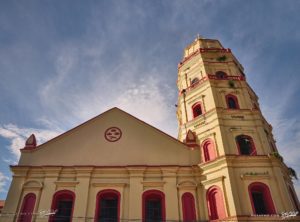

Lingayen Cathedral: Resilience and Glory Through Centuries of History
Historically known as the co-cathedral of the Roman Catholic Archdiocese of Lingayen-Dagupan, the enormous Lingayen Cathedral or Parish Church of Epiphany of Our Lord has







